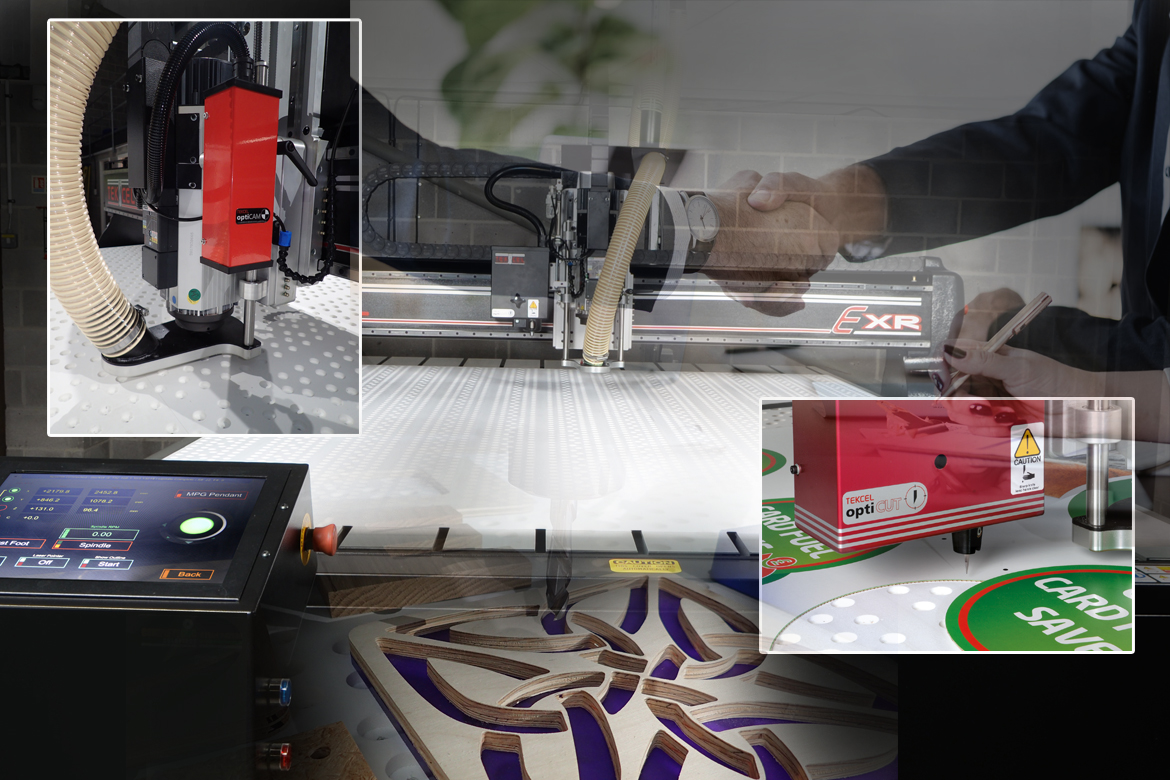CUSTOMER LOGIN
The Benefits of Acrylic
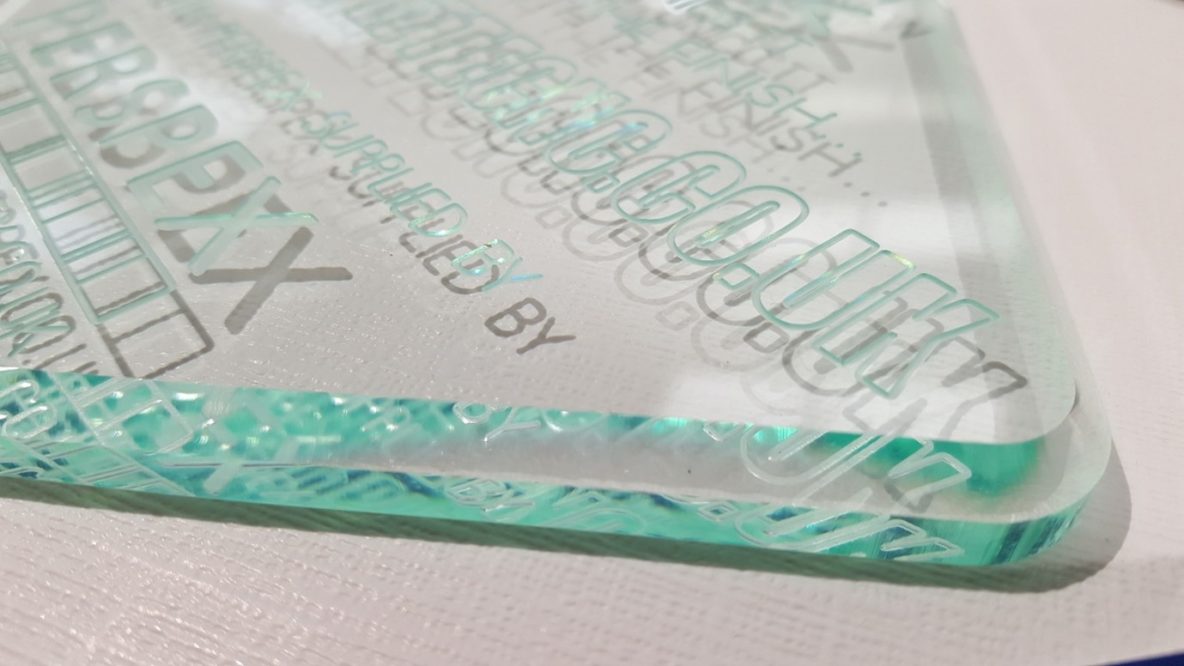
The Benefits of Acrylic
The Benefits of Acrylic: A Versatile and Affordable Alternative to Glass
Polymethyl methacrylate (PMMA), commonly known as acrylic, is a versatile thermoplastic polymer. Renowned for its exceptional optical clarity, surface hardness, weather resistance, and dimensional stability, acrylic is a fantastic alternative to glass. Here’s why:
- -50% Lighter Than Glass
- More Affordable
- Higher Impact Resistance
These advantages make acrylic a preferred choice across various sectors for both prototyping and production, often using CNC machining
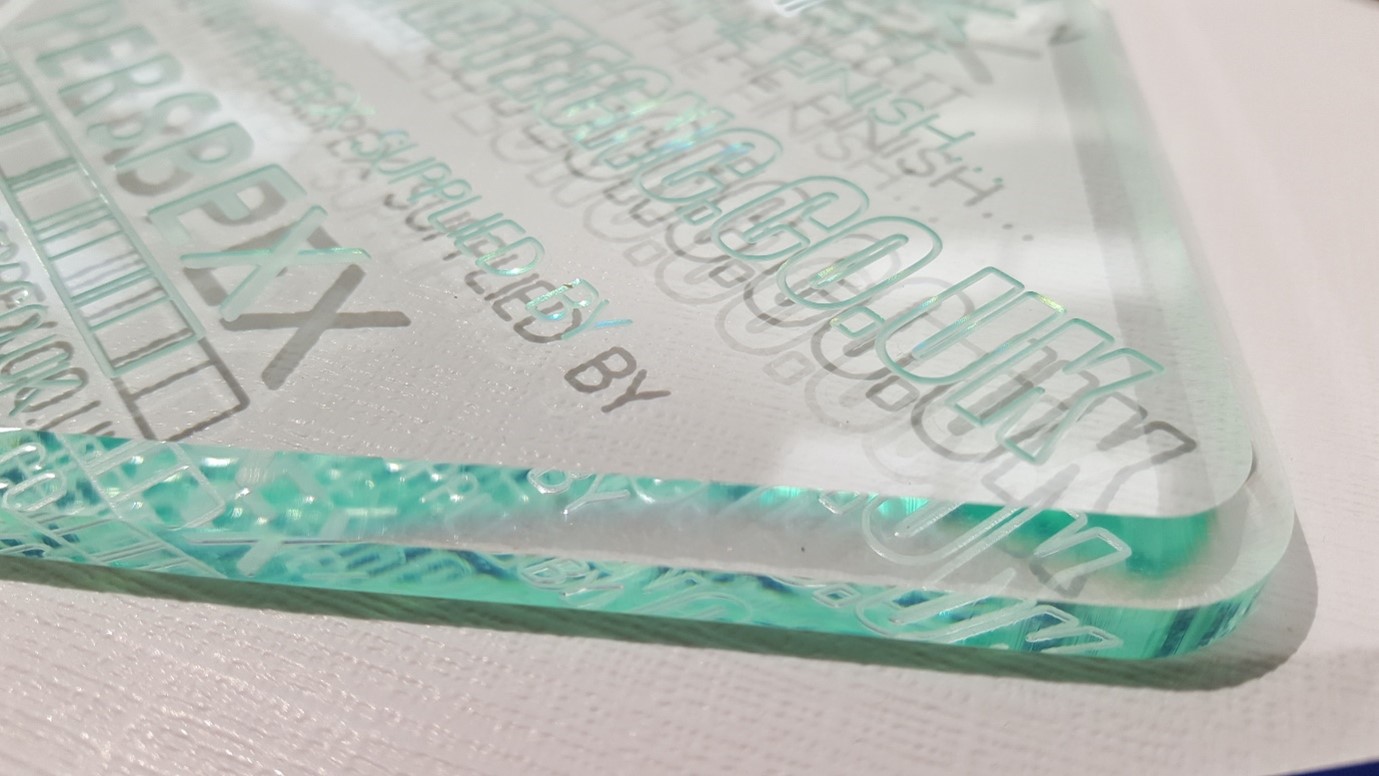
Why Choose CNC Machining for Acrylic?
CNC (Computer Numerical Control) machining is an automated manufacturing process that uses precise cutting tools to shape raw materials into finished parts or products. It is especially advantageous for cutting acrylic due to several key benefits:
Material Compatibility
Acrylic, a thermoplastic, becomes malleable when exposed to heat, making it ideal for CNC machining. This process easily fabricates and shapes acrylic with precision.
High Precision Parts
CNC machines deliver extremely precise cuts, with tolerances measured in thousandths of an inch. This precision is essential for acrylic, ensuring clean edges and exact dimensions.
Increased Production Rate
CNC machining efficiently fabricates acrylic, particularly for small batch production, offering faster output compared to manual methods.
Minimized Waste
The precision of CNC machining ensures just the right amount of force is applied, avoiding damage and minimizing waste. This results in accurately shaped acrylic components.
High Repeatability
The automated nature of CNC machining ensures consistent quality across multiple parts or batches, maintaining stable replication accuracy for each acrylic workpiece.
Cost Savings
CNC machining reduces manufacturing costs through decreased material waste, increased efficiency, and lower labour costs compared to manual machining methods.
Applications of CNC Machined Acrylic Parts
CNC machined acrylic components are used across various industries due to their versatility. Major applications include:
Automotive Industry
Acrylic is used for interior and exterior parts such as headlights, indicators, brake lights, sirens, and gear bearings.
Consumer Goods
From smartphones and laptops to signage, CNC machined acrylic components have numerous applications in consumer products.
Architecture and Construction
Acrylic's high impact and UV resistance make it ideal for construction applications like canopies, panels, and façade designs.
Tips for CNC Machining Acrylic
To achieve precision and minimize damage when CNC machining acrylic, consider these tips:
Secure the Acrylic Material - Properly securing your acrylic workpiece is crucial. Excess vibration can cause the material to shift or misalign, resulting in low-quality products.
Choose the Right Cutter - Select cutters with a sharp, strong edge to prevent melting and ensure clean cuts. Single flute end mills are usually the best for this type of material. Avoid cutters previously used on other materials and always start with e fresh tool.
Monitor Cutting Depth and Direction - Pay attention to the cutter’s rotation direction and cutting depth to ensure accuracy in your design features.
Set the Correct Feed Rate - A faster feed rate prevents melting, but excessive cutting pressure can break the acrylic. Adjust the feed rate based on the acrylic type and part geometry.
Check the Number of RPM - The feed rate and RPM work together. A higher RPM with an increased feed rate helps prevent material melting by dissipating heat effectively.
By understanding these advantages and tips, you can maximise the benefits of using CNC machining for acrylic, ensuring high-quality, cost-effective production.
Further Blog Posts
Design Your CNC Process Around the Cutter, Not the Other Way Round
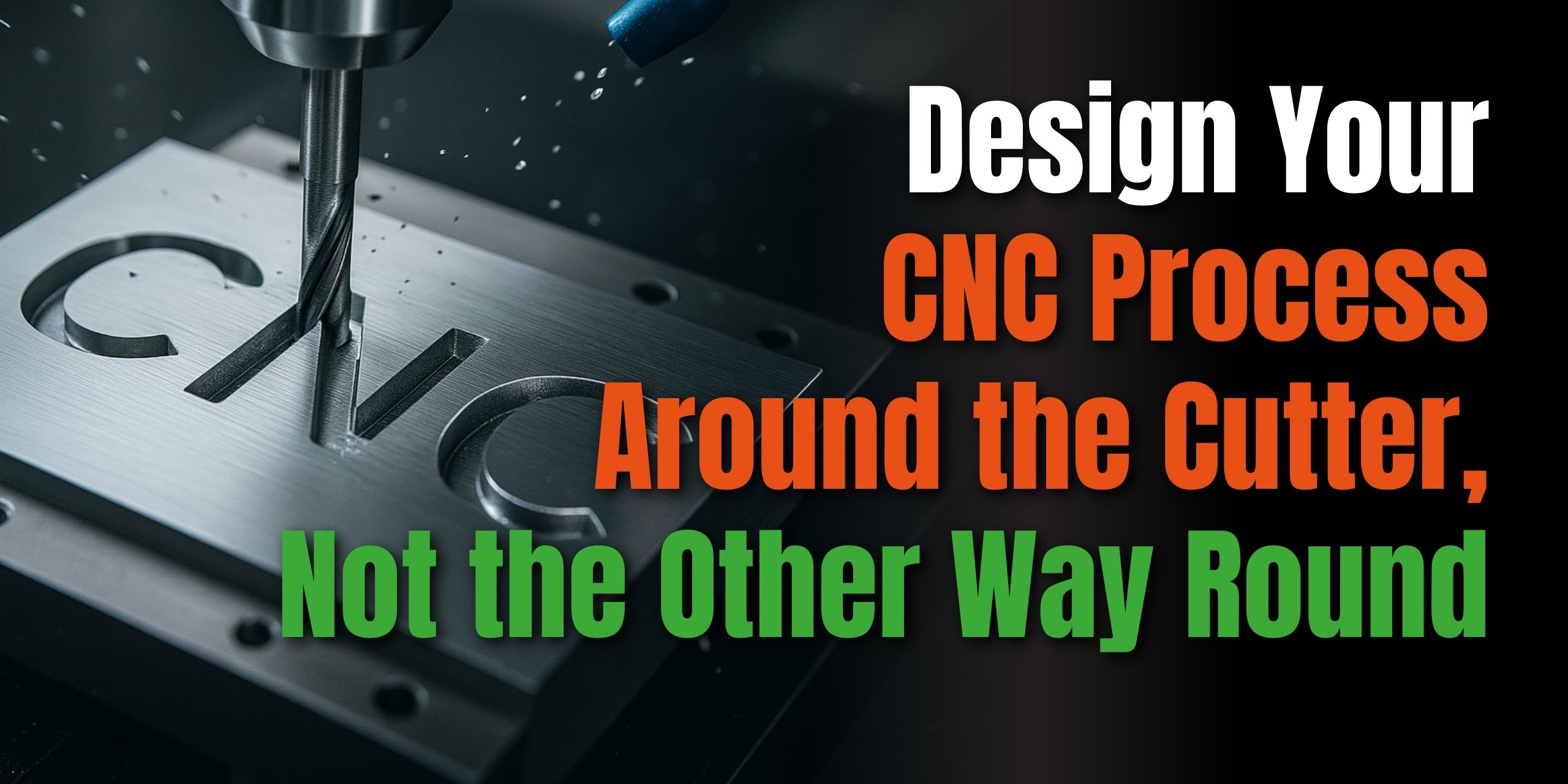
The Multi Material CNC Toolkit for Vehicle Converters
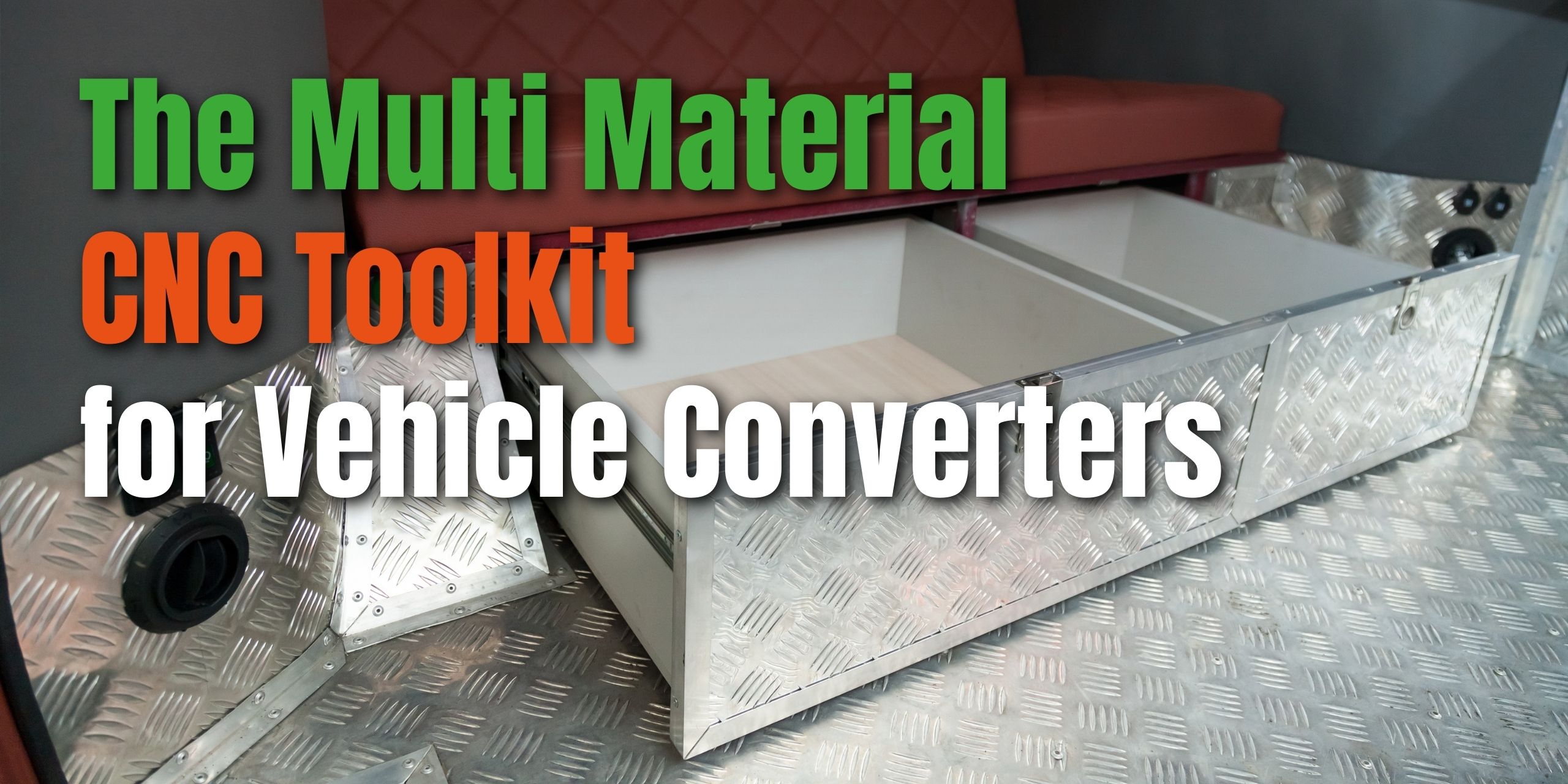
CNC Engineers Reveal the Top Maintenance Mistakes to Avoid

Measuring Yield & Waste in Your CNC Shop: KPIs & What to Aim For
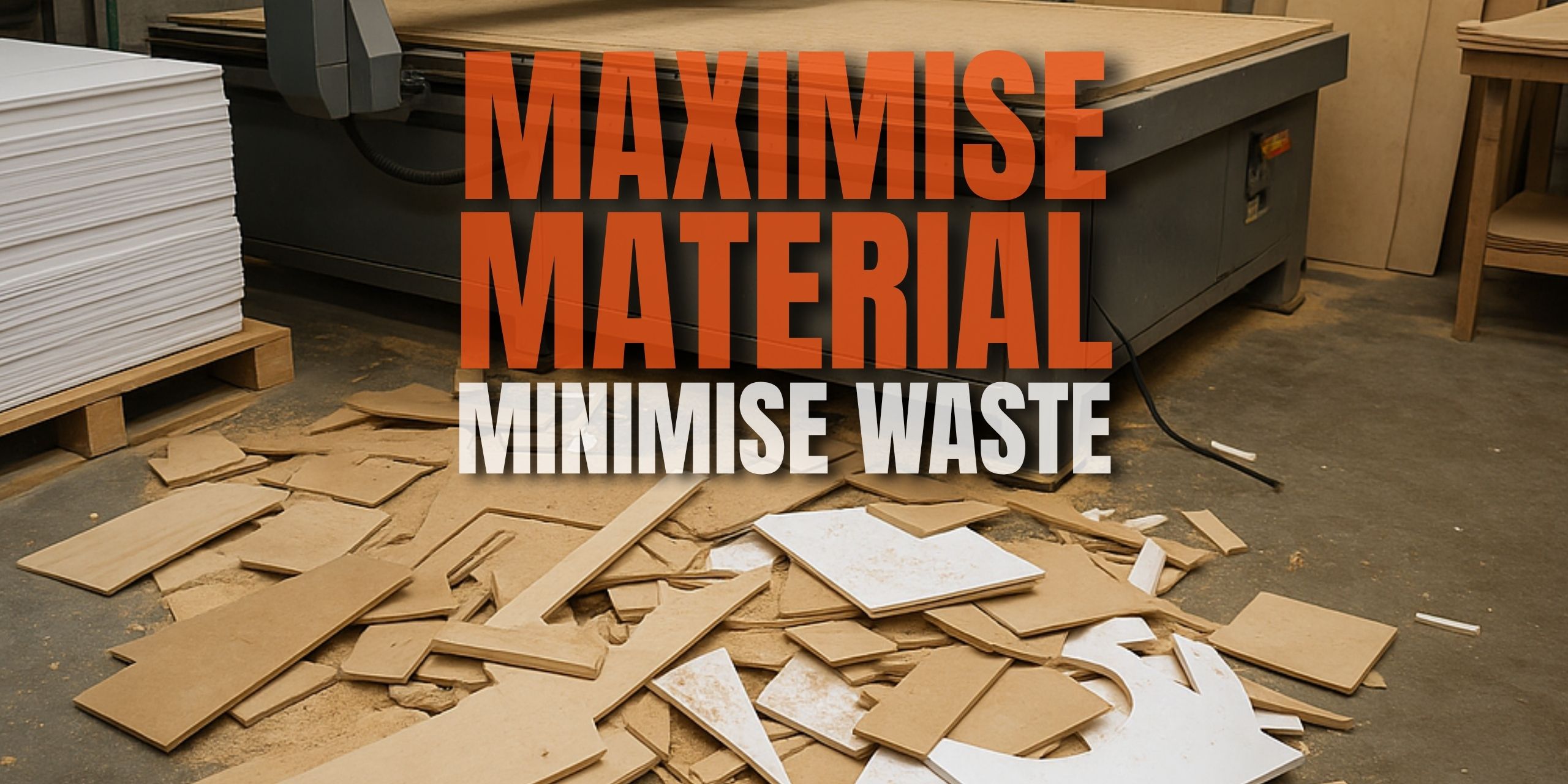
How CNC Automation Helps UK Manufacturers Beat Rising Costs
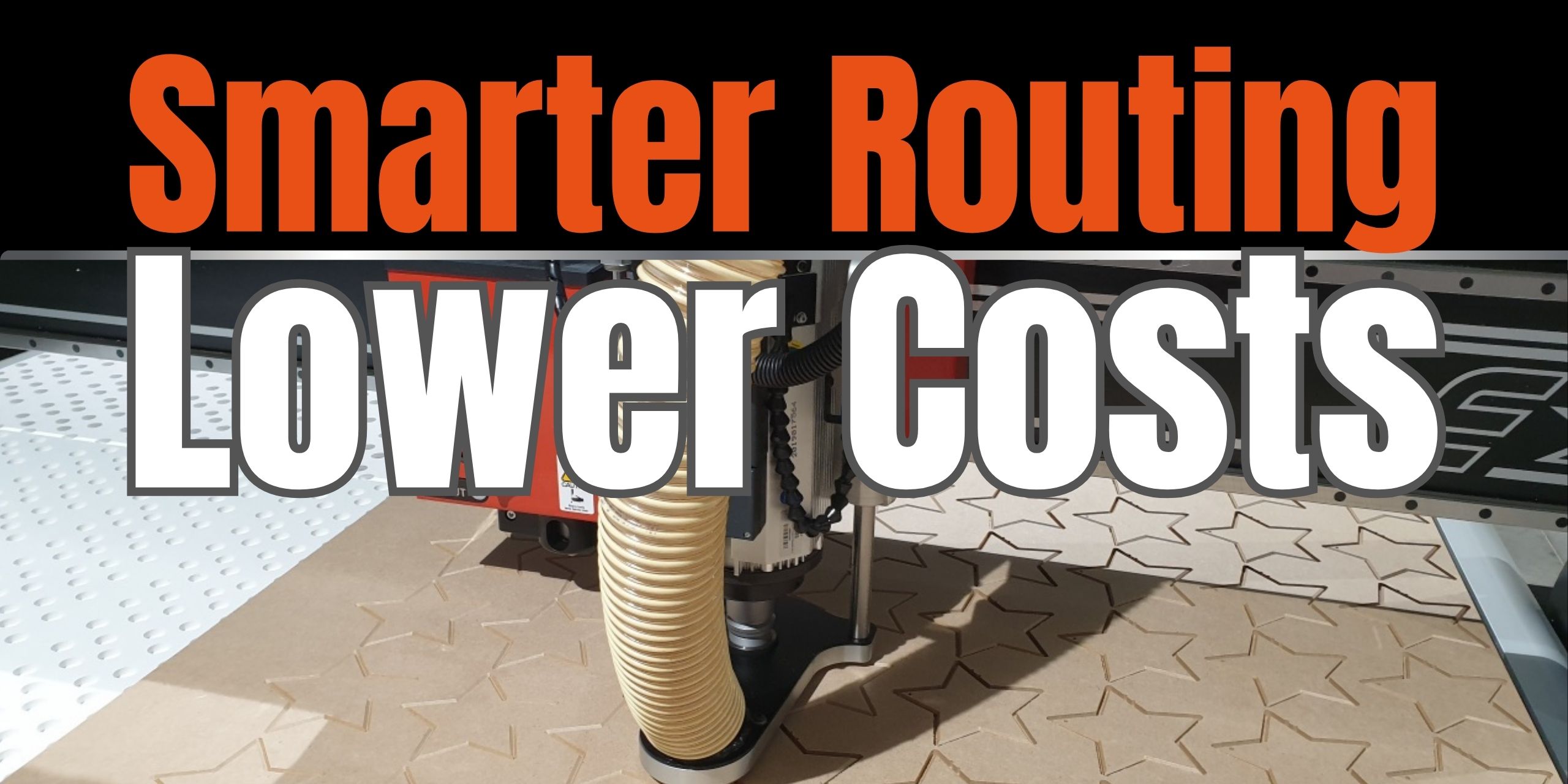
Why do CNC Router Tools Really Break? And How to Prevent It.
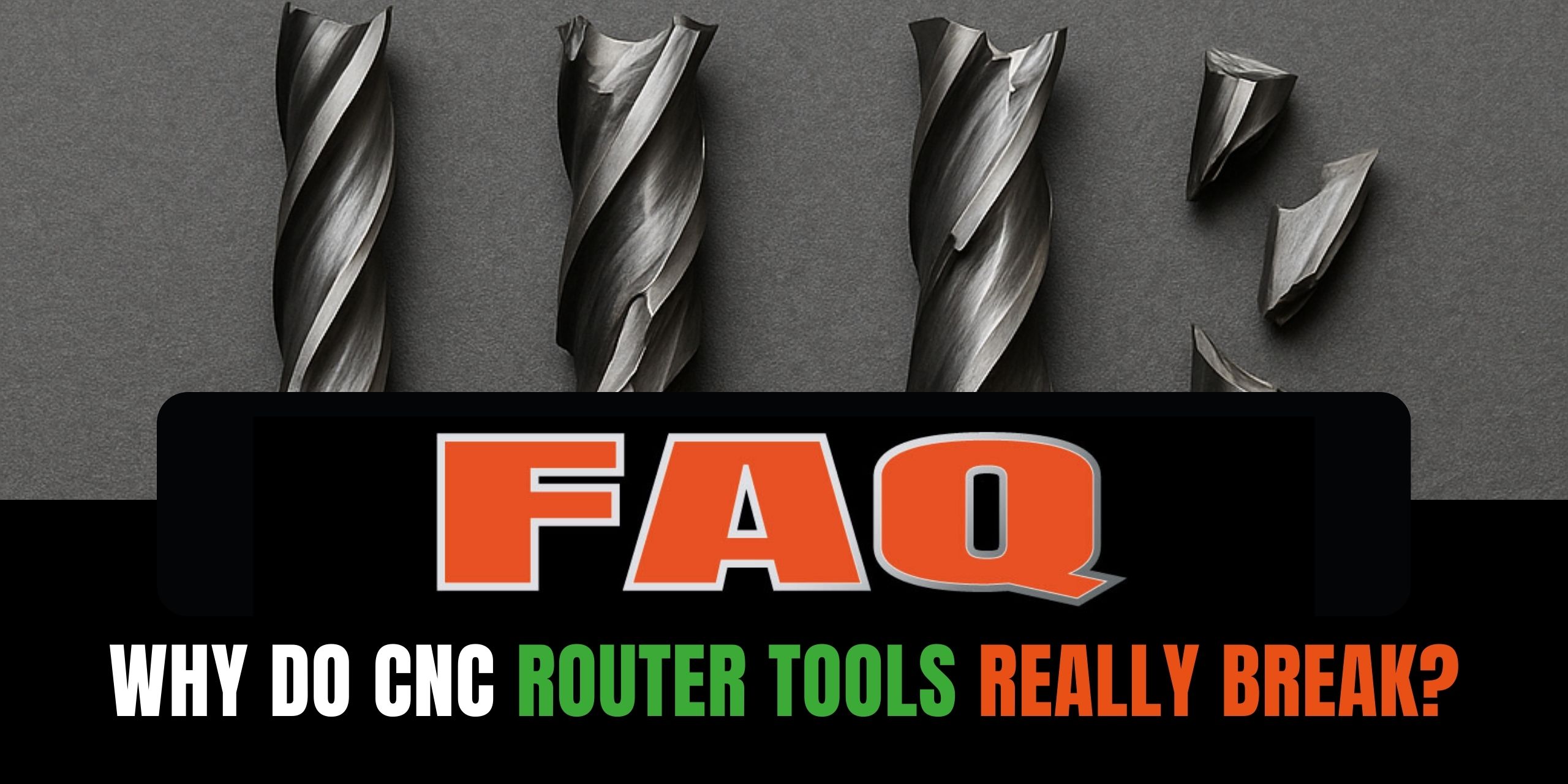
The Rise of Wood: Is the Industry Shifting Away from Plastics?

Choosing CNC Tooling: What Matters and Why It Pays to Buy from Specialists
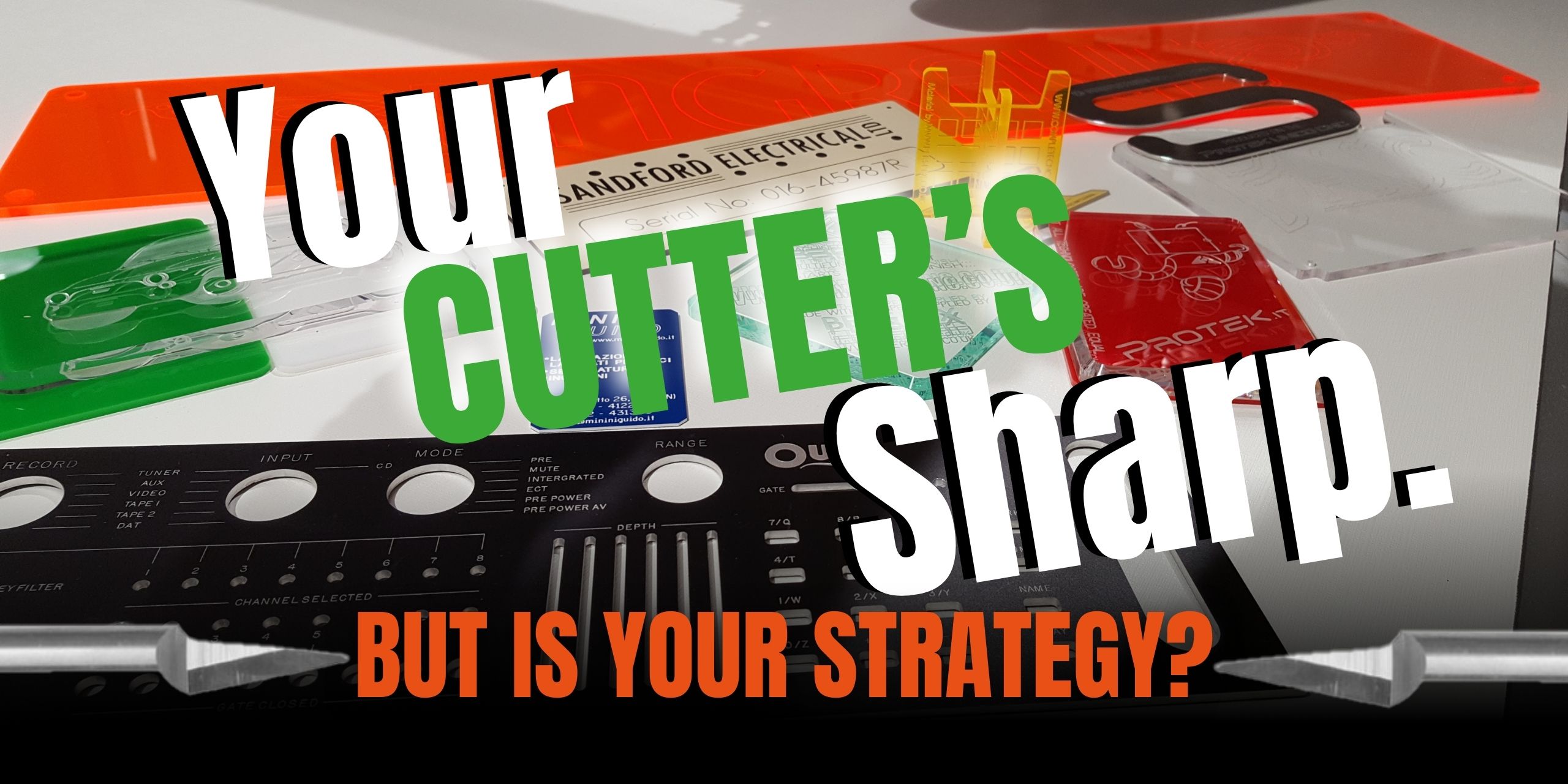
Avoid These CNC Pitfalls in Illuminated Signmaking

Essential CNC Router Tips for Cutting Acrylic

Nesting Your Way to Better Margins in Joinery
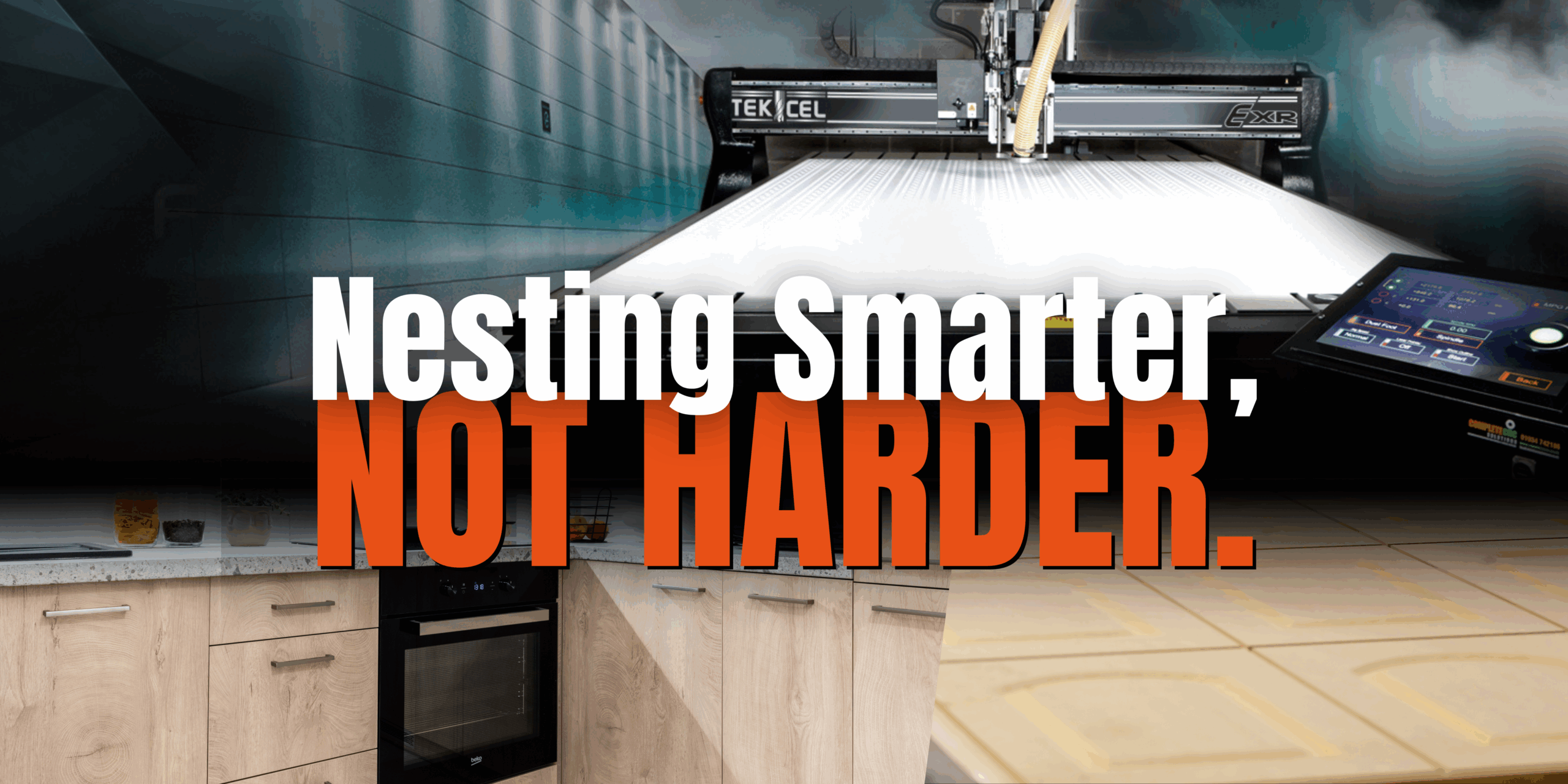
Is Your CNC Router Holding Your Business Back?
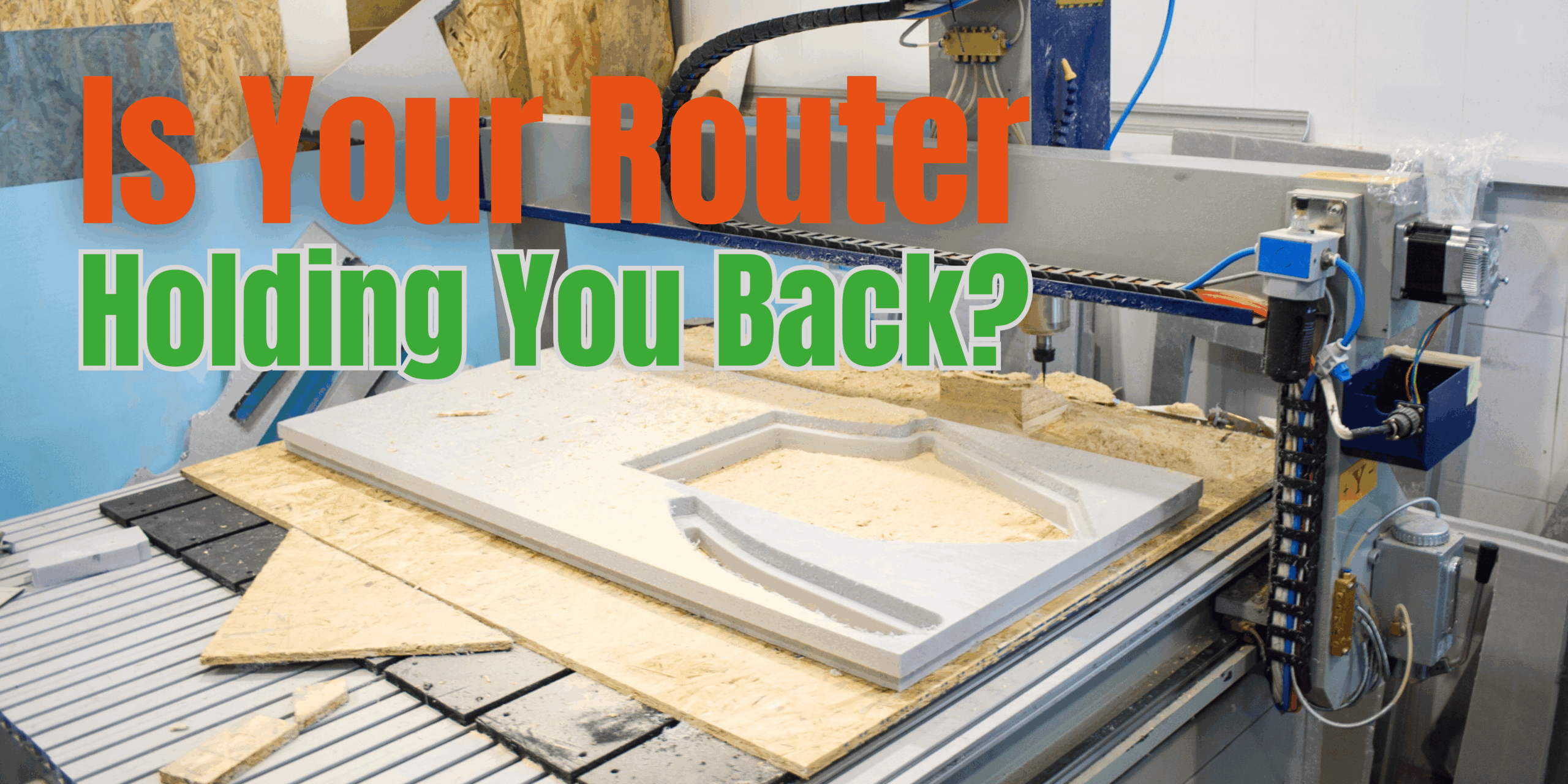
Can a CNC Router Cover Lots of Different Industries?
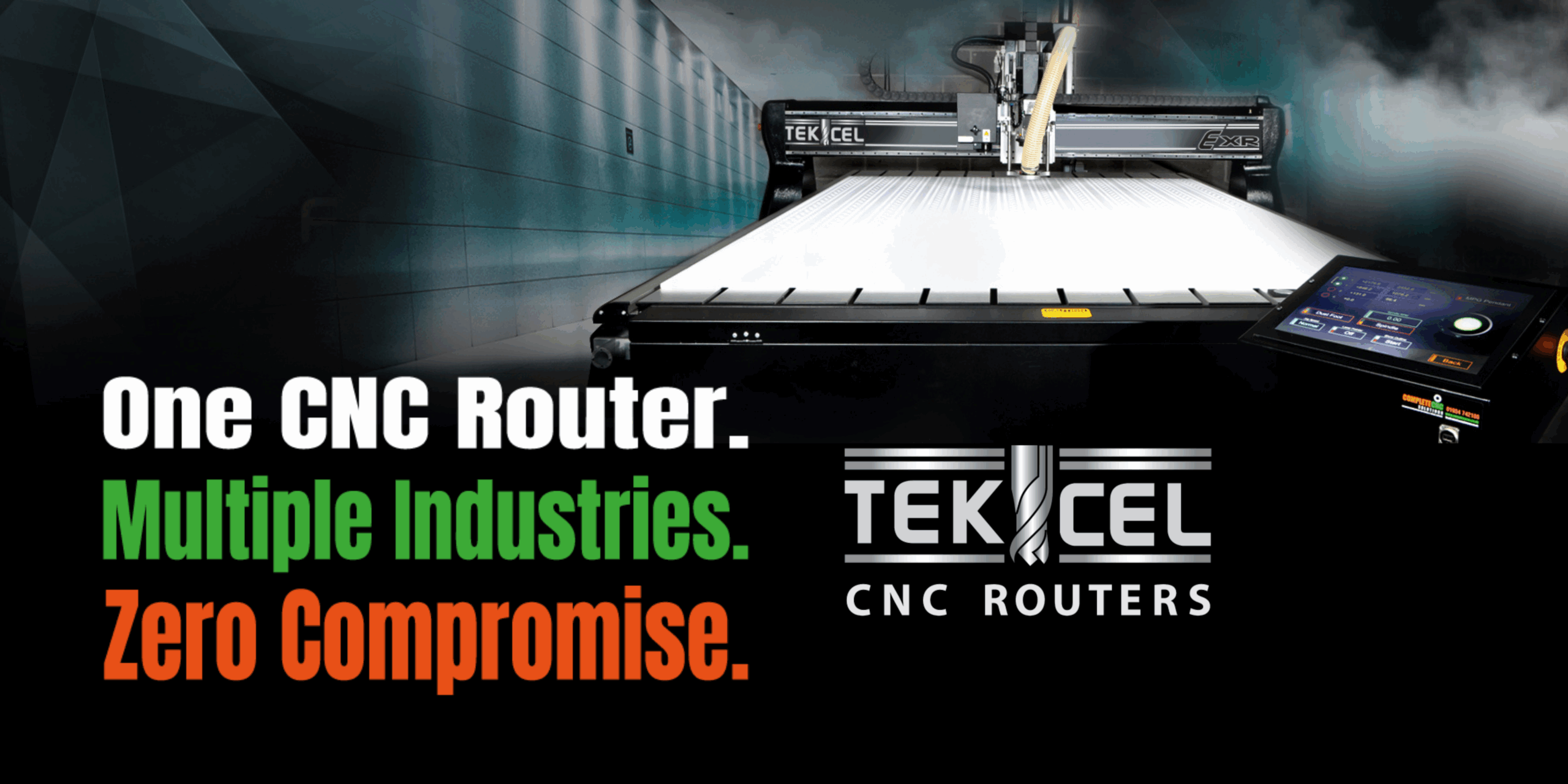
Why Case Makers Should Be Cutting Foam In-House With a CNC Router
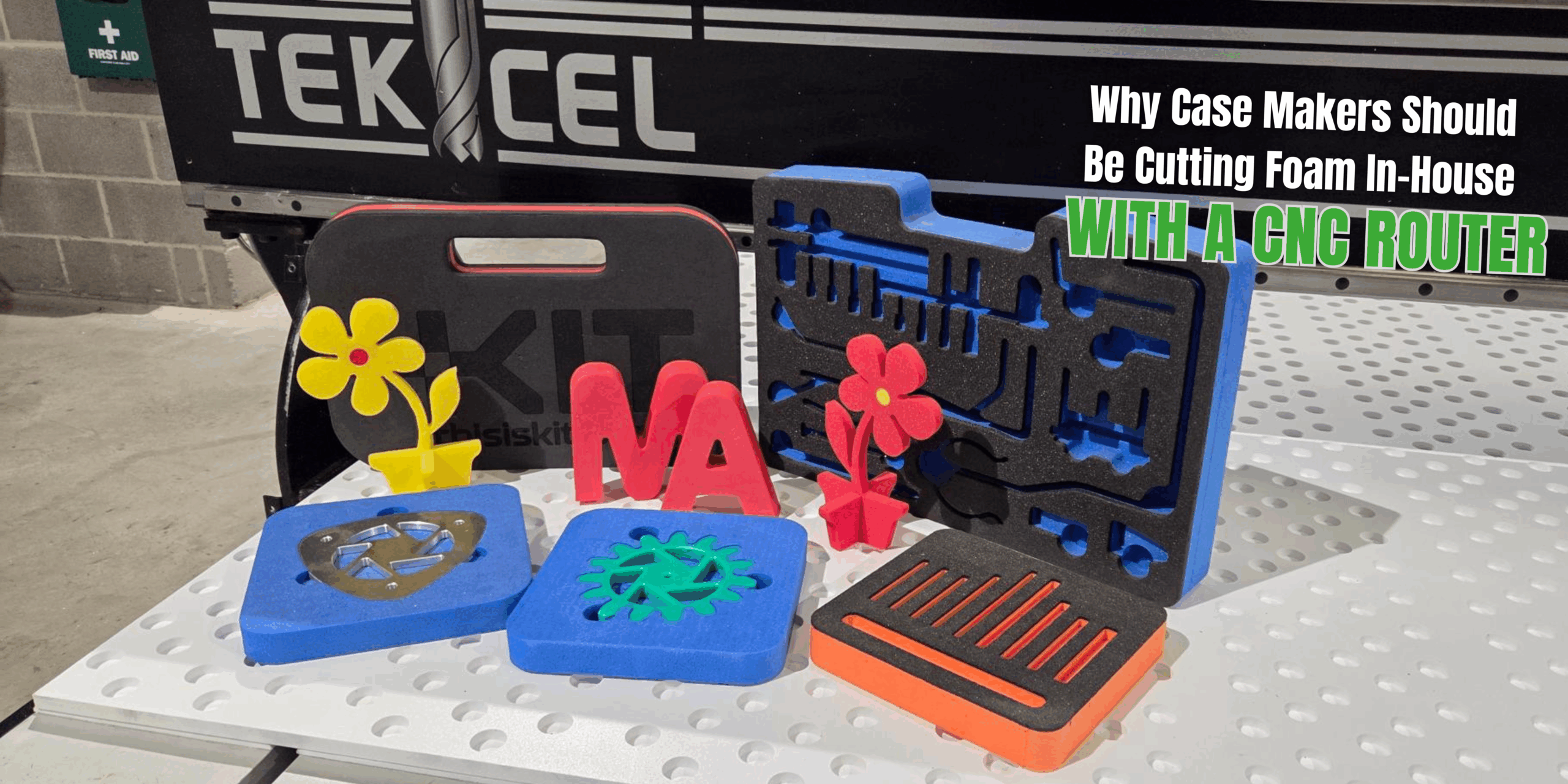
FAQ: What Tips Do You Have For Cutting MDF?
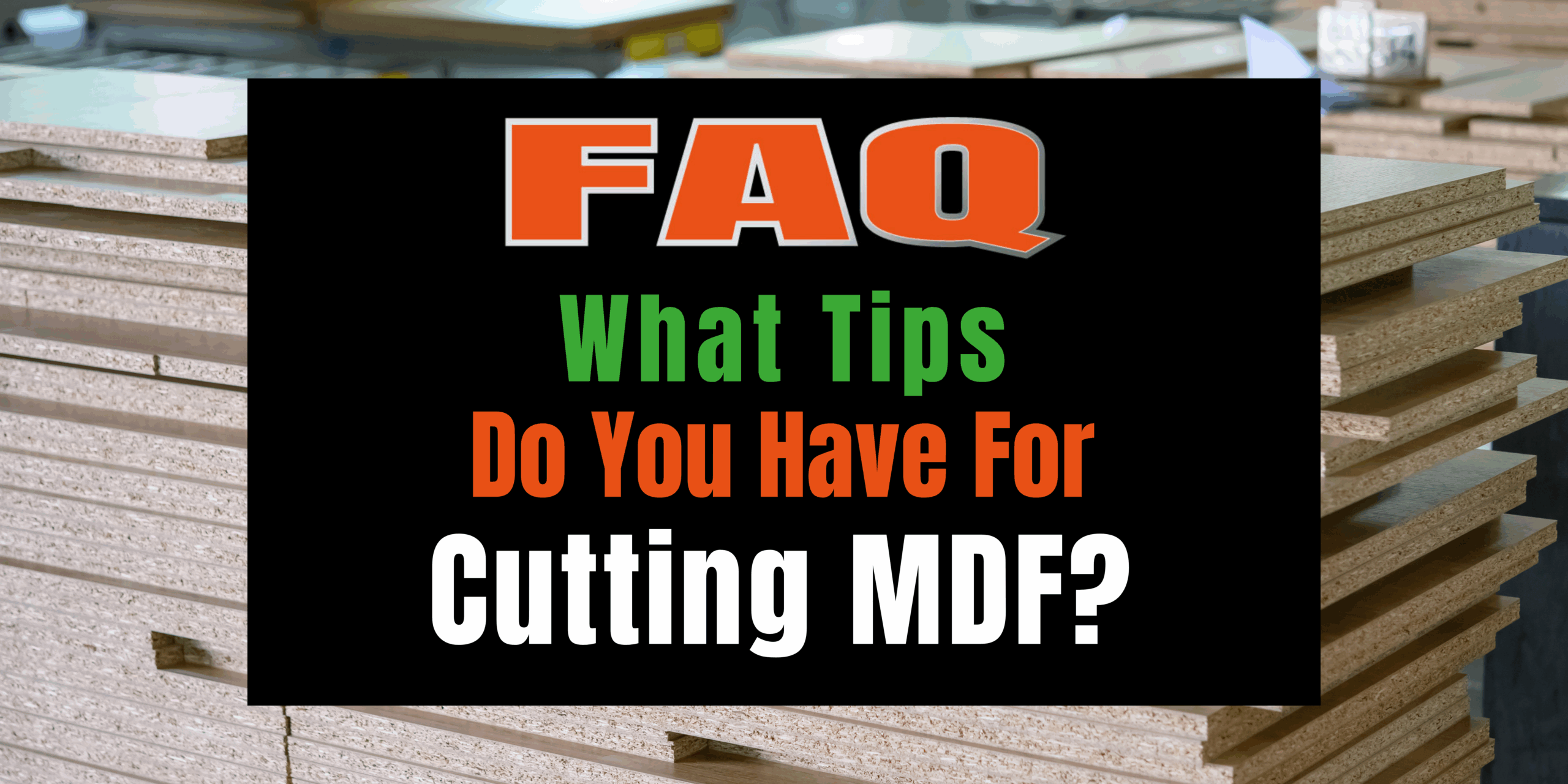
Thinking About Investing in a CNC Router?

Why Tekcel EXR is the CNC Router You Need
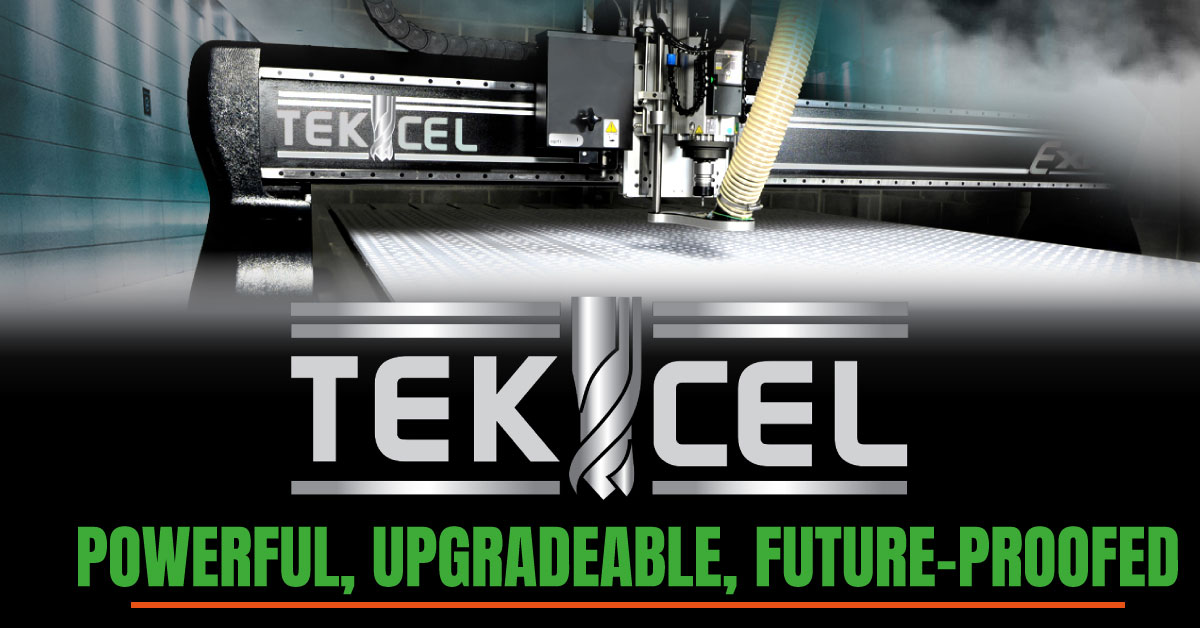
CNC Woodworking Without The Headaches

No More Botched Cuts on Plastics & Acrylics!
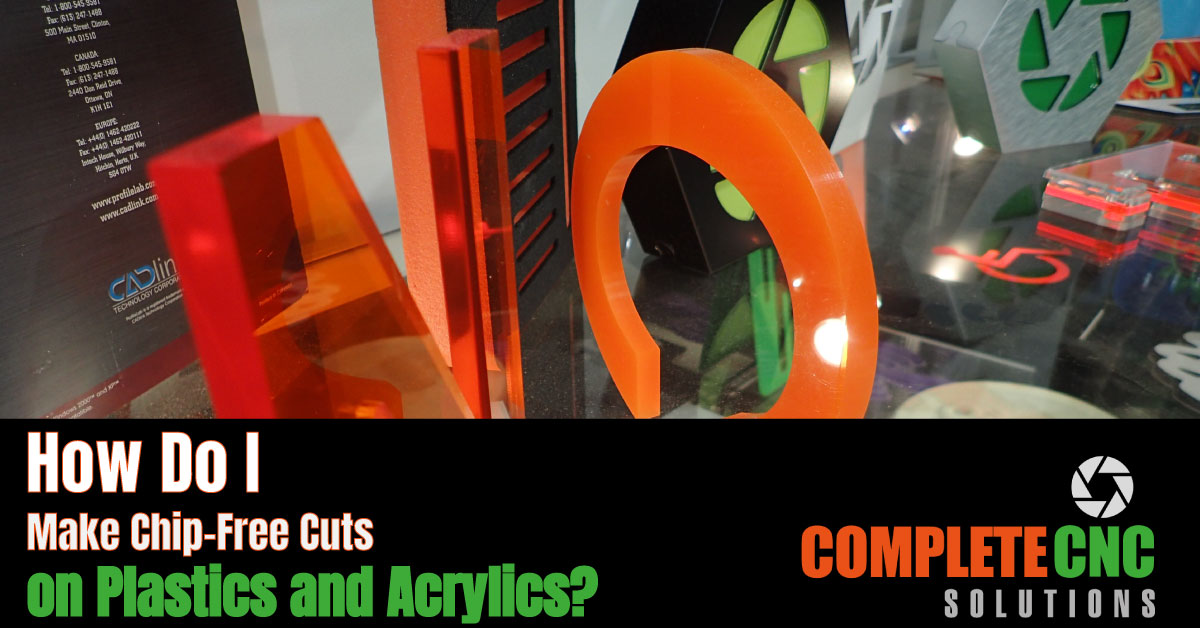
Struggling with Tool Wear?
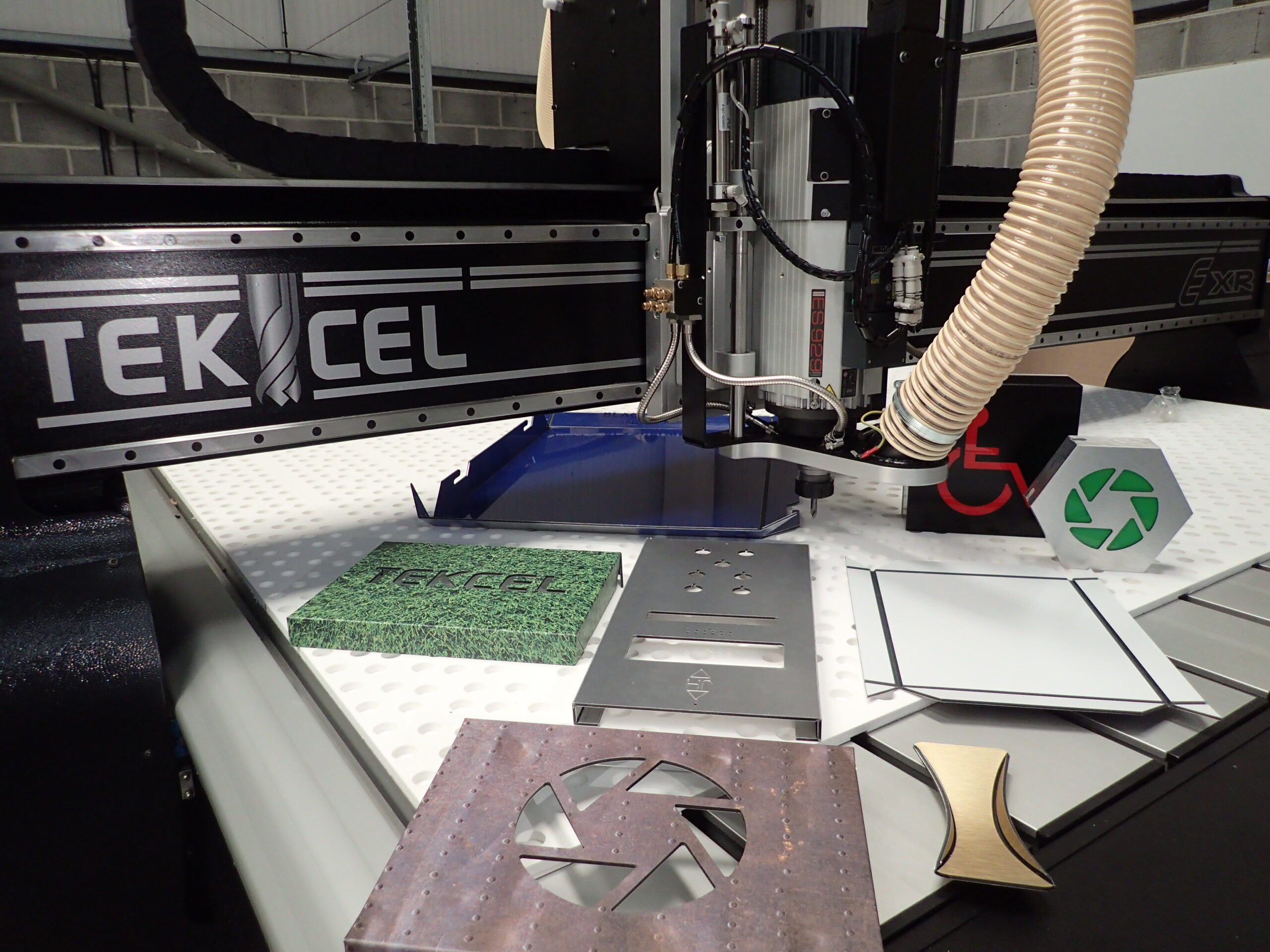
How to Successfully Cut Small Shapes Without Them Moving
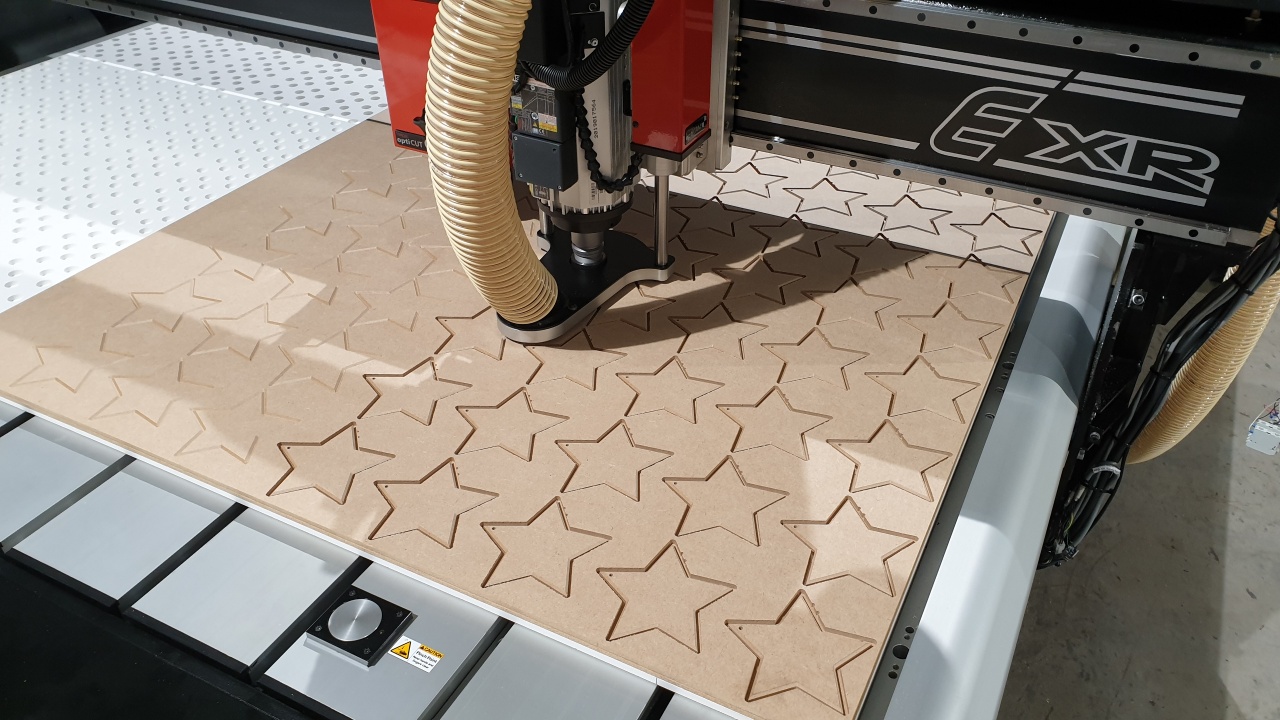
Documenting CNC Router Settings and Processes for Future Success

Training Tailored For Success With Your Tekcel CNC Router
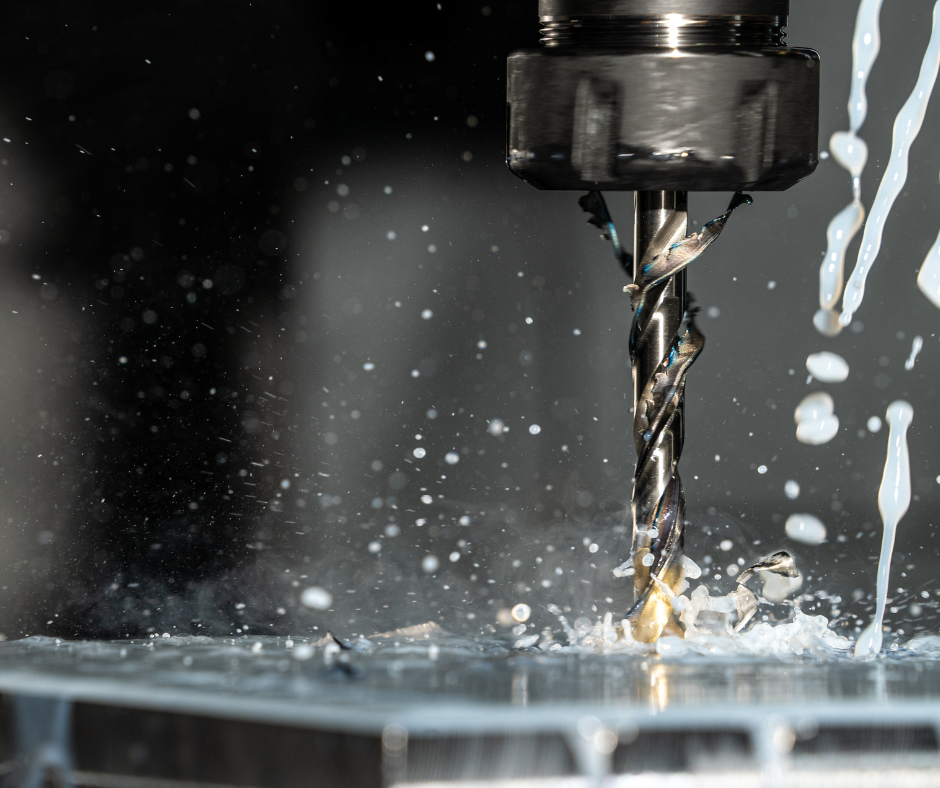
Stay Ahead with Software Updates for Your Tekcel CNC Router

Revolutionise Signage with Tekcel CNC and Precision ACM Tooling

Cutting it Close? Know When to Change Your Collet for Safe, Sharp Results

How to Avoid Burning and Furring When Cutting Wood with a CNC Router

How to choose the right CNC tool for the job/material
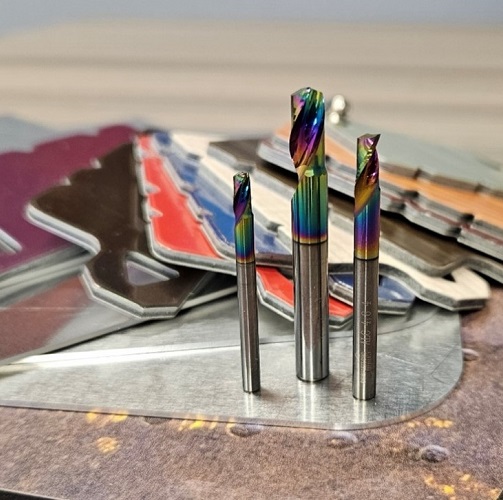
Which CNC Router covers all the bases for a signage manufacturer?
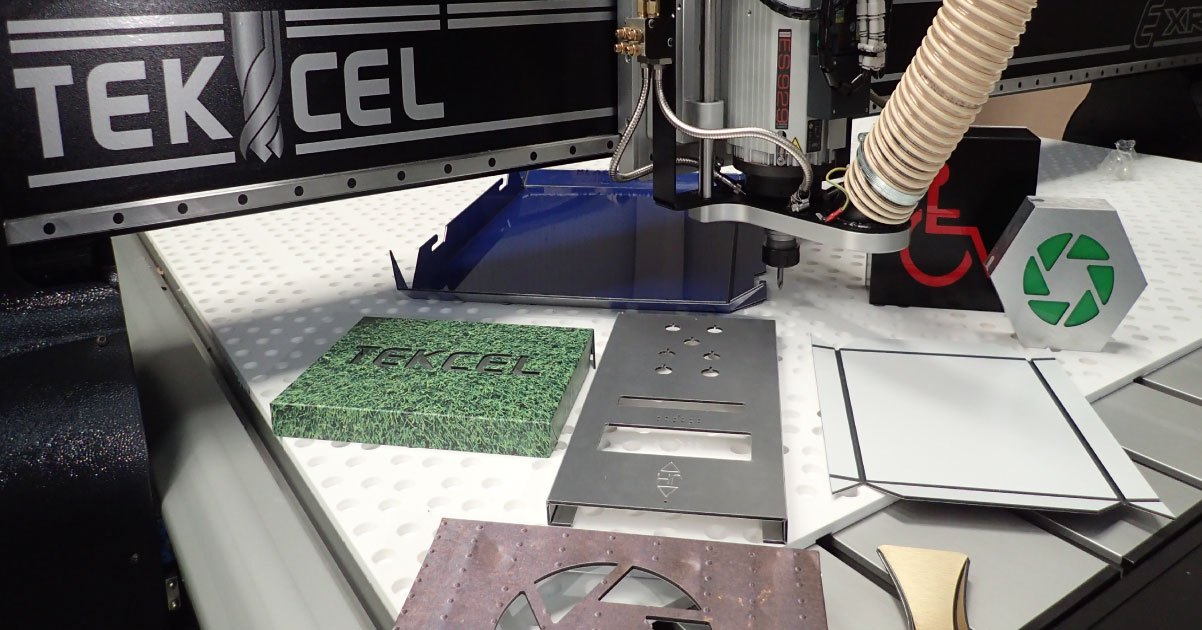
The Tekcel – High Pressure Mist Coolant System for Metal Cutting
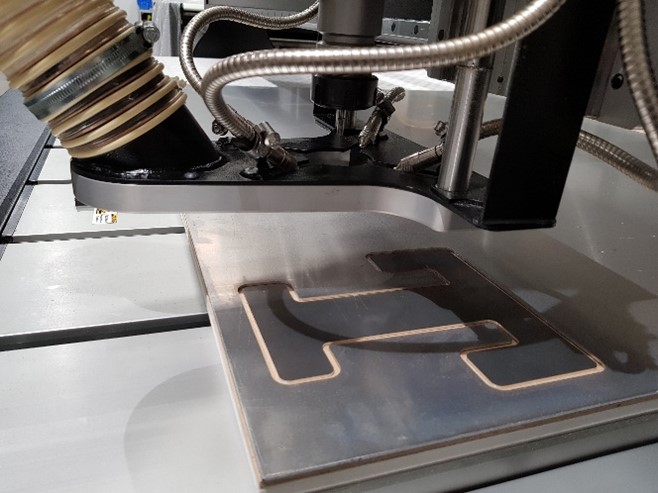
Tekcel CNC Routers – Furniture & Woodworkers dream machine
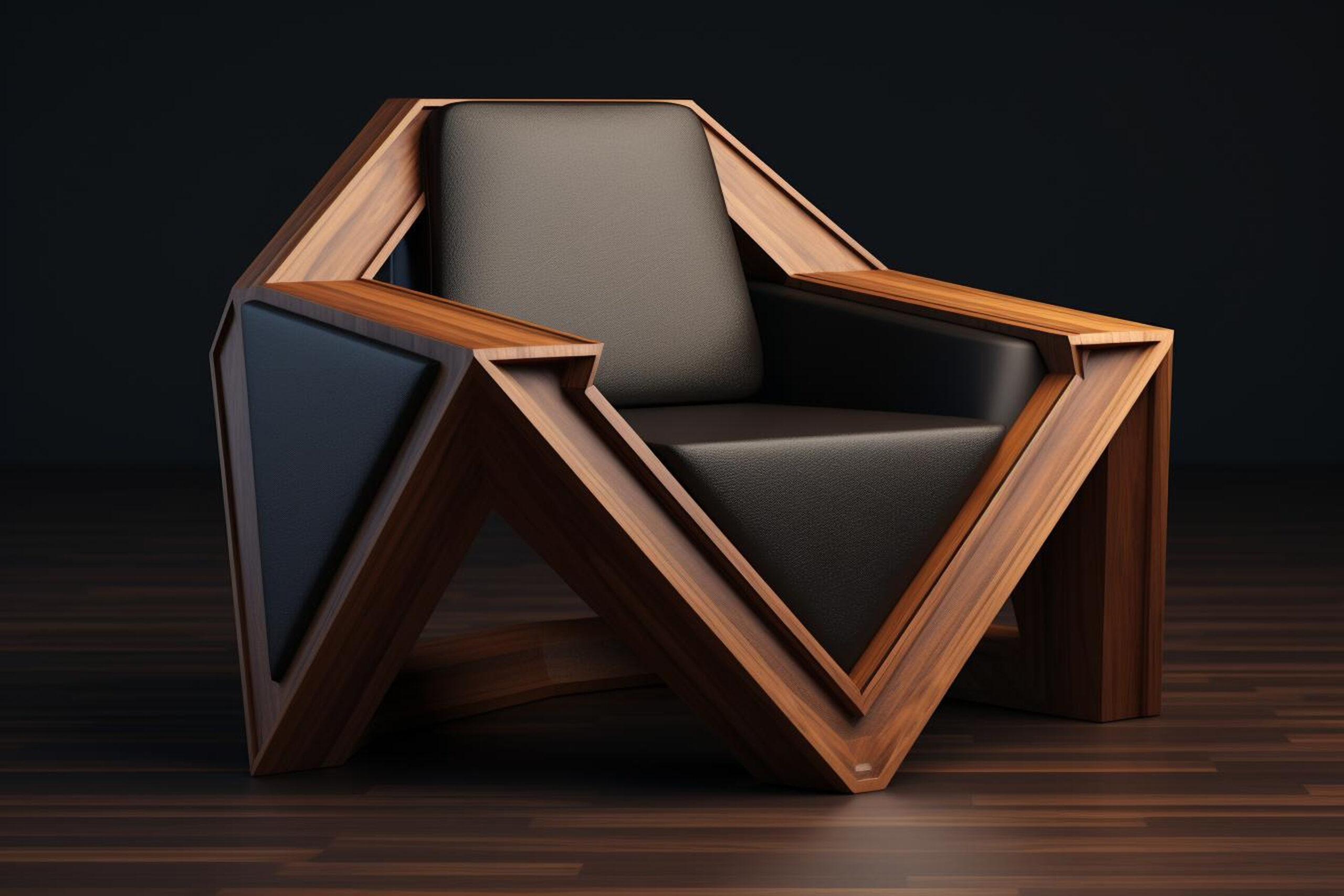
Start with a “Tekcel CNC” for the best finish…
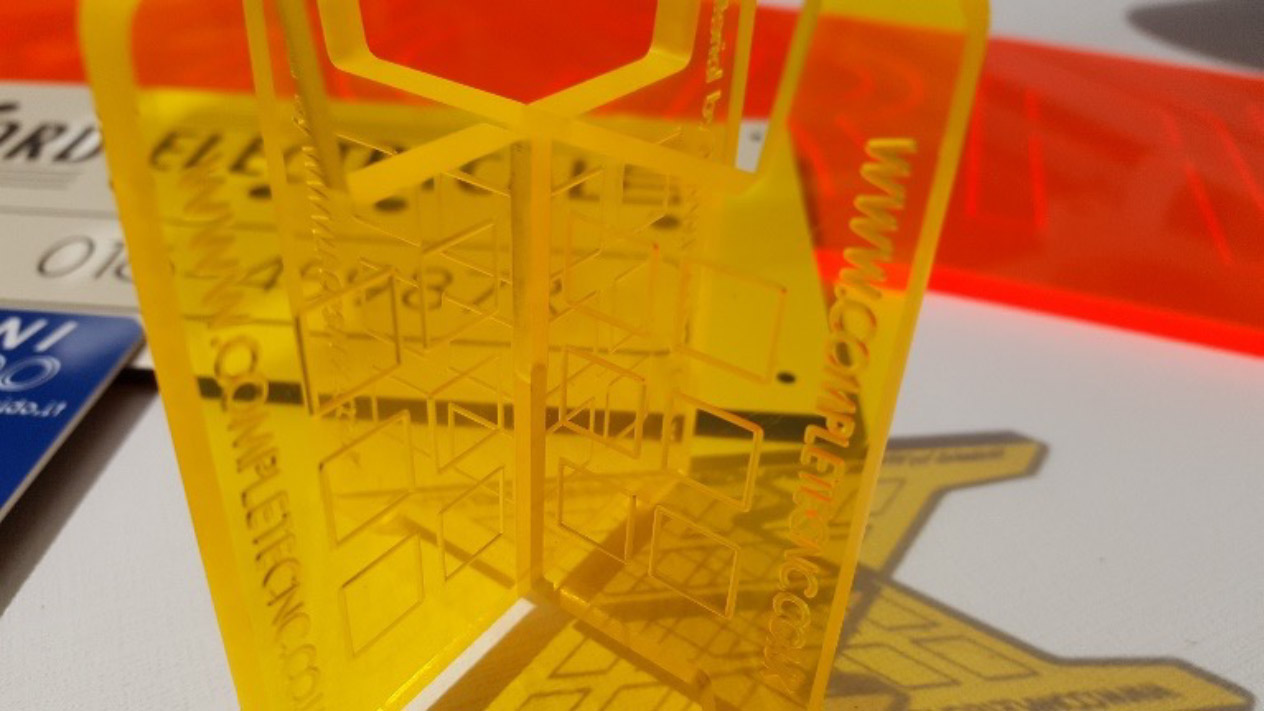
Under the Bonnet of a Tekcel EXR CNC Router
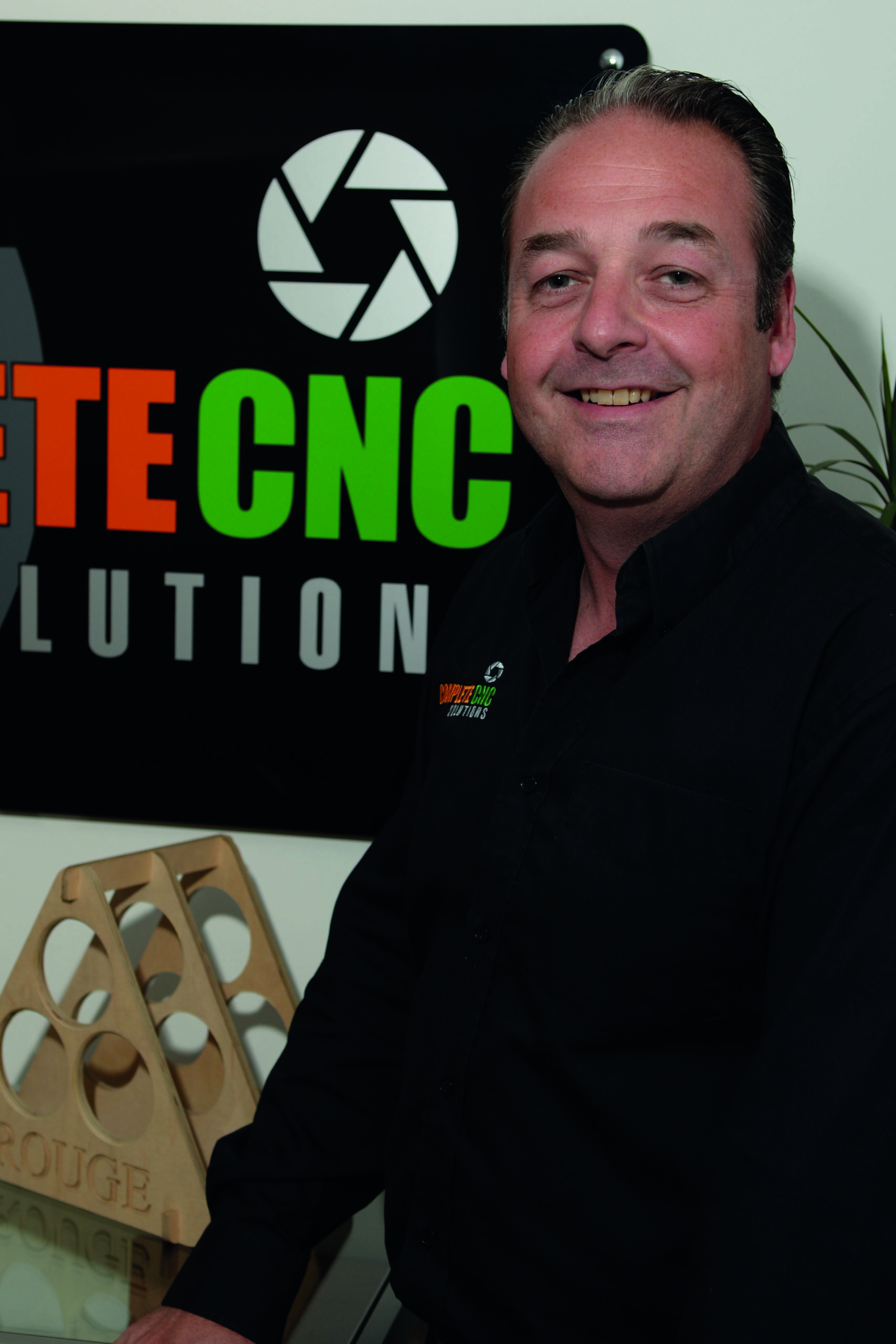
How to Skim the MDF Sacrificial Bed on your Tekcel CNC Router: A Step-by-Step Guide
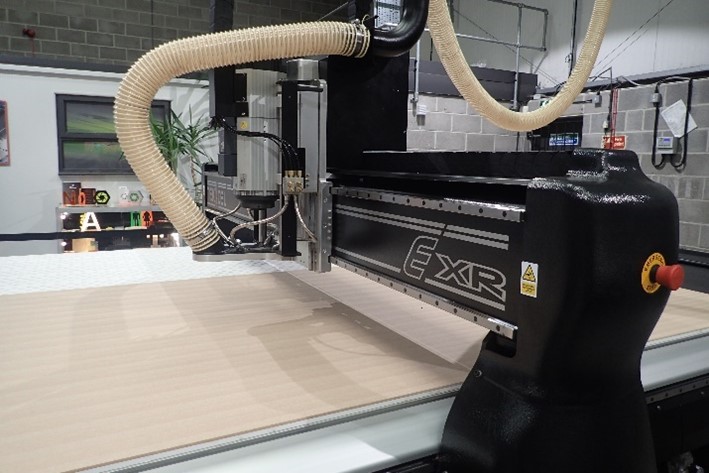
What is an ATC and why do I need one?
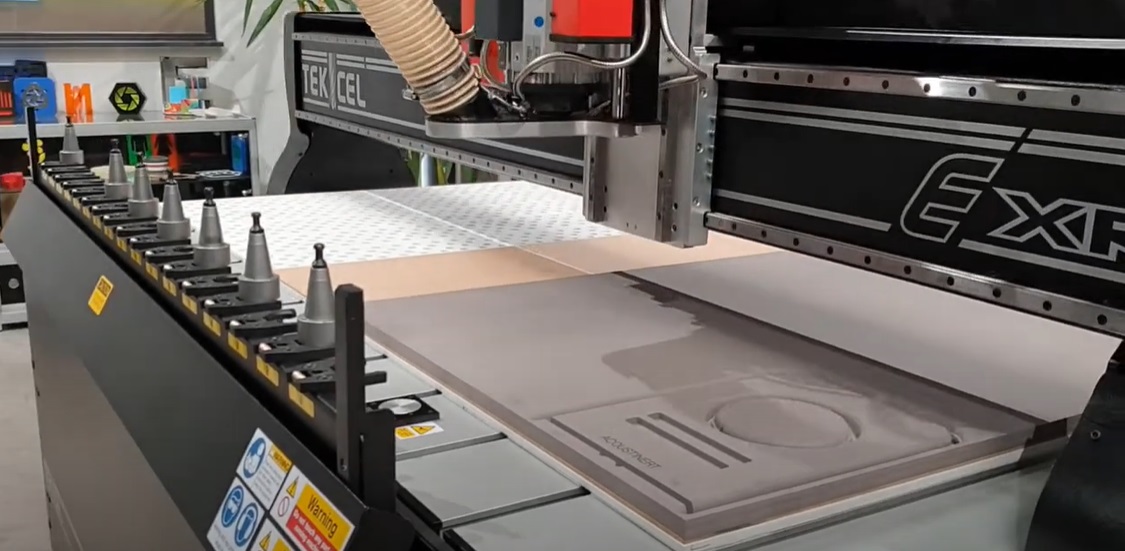
Tekcel CNC for ACM (Aluminium Composite Material) Signage:

The Benefits of Acrylic

CNC for DFM
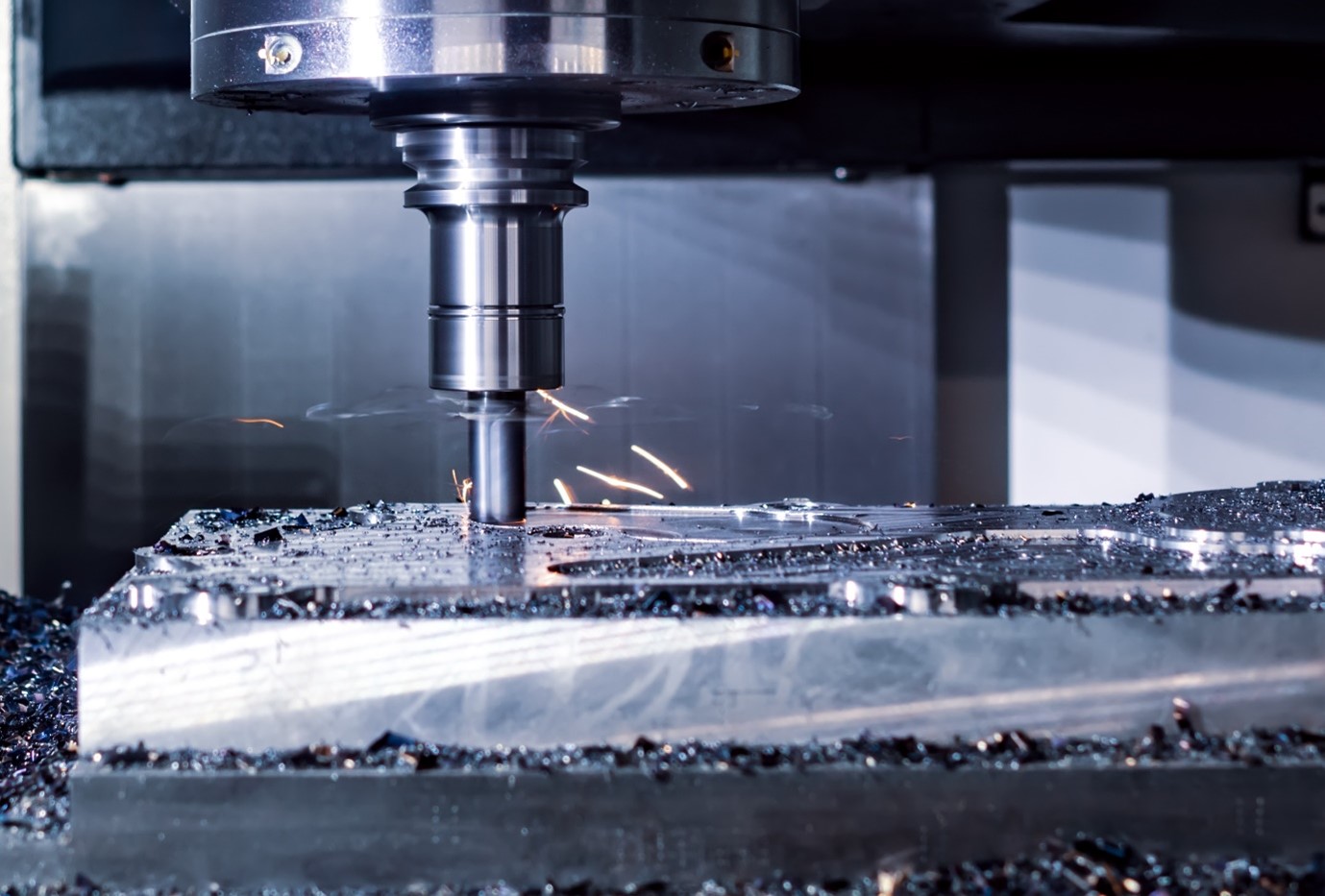
The Unbreakable Rules!

Welcome to the world of CAD/CAM

10 Tips for Successful Aluminium Cutting with CNC Routers
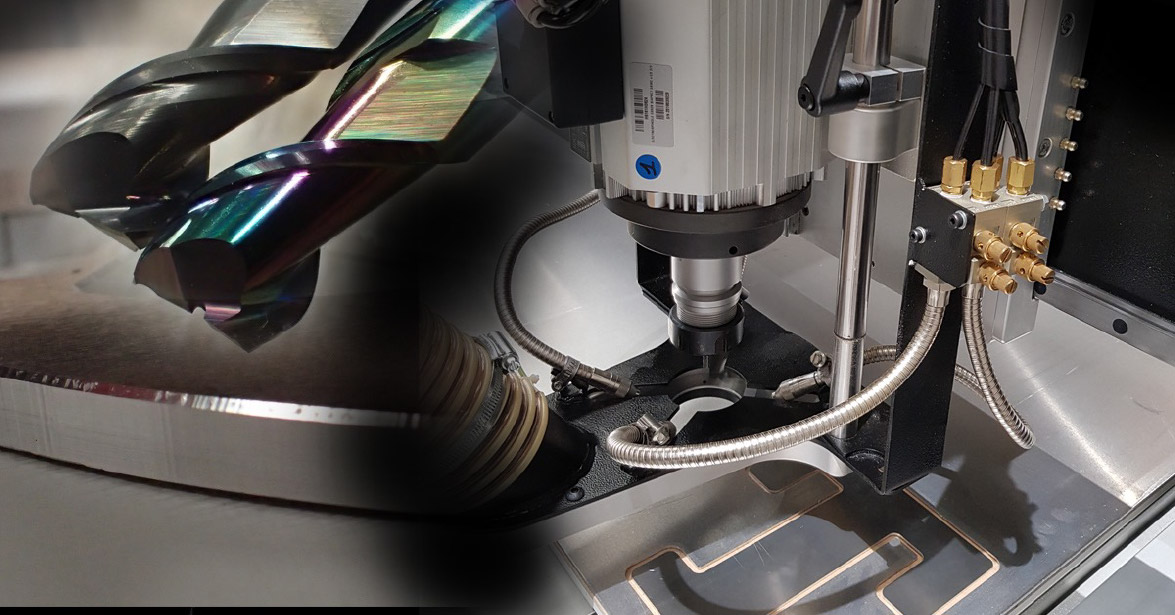
Mastering the Art of Tekcel CNC Router Speeds and Feeds: A Comprehensive Guide

CNC Routers For Sign Making
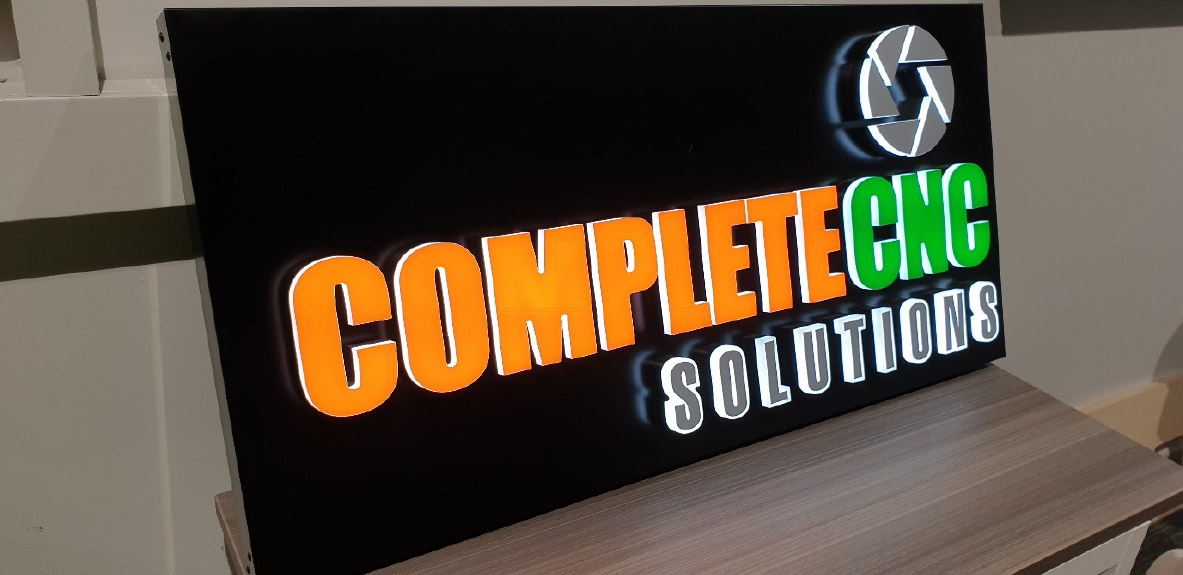
Cutting Acrylic With Your CNC Router

Collets: An Essential Tool

Calling all converters: How CNC Routers Elevate Vehicle Conversions

The Right tool for the job
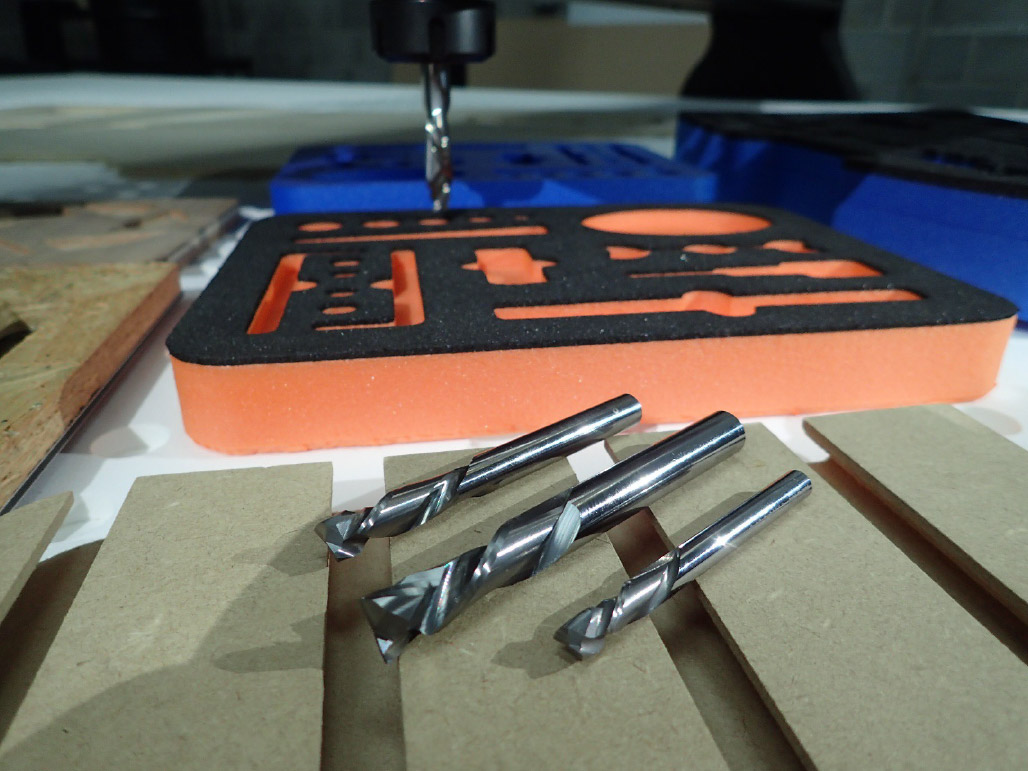
What is the cutting speed of a CNC router?

Unravelling the Mystery: Common themes overlooked with CNC Routers
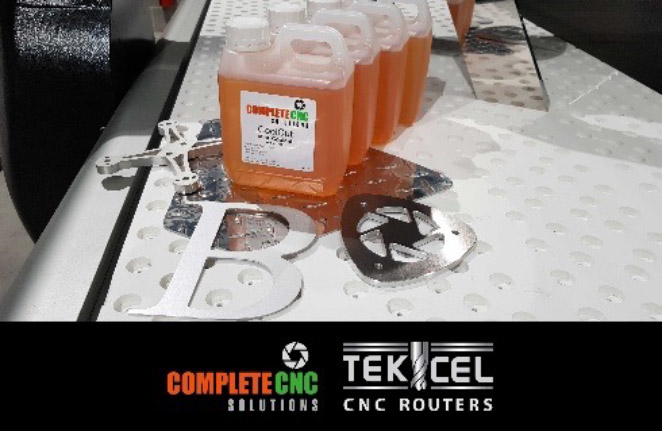
CNC Router Maintenance Guide for Longevity and Efficiency
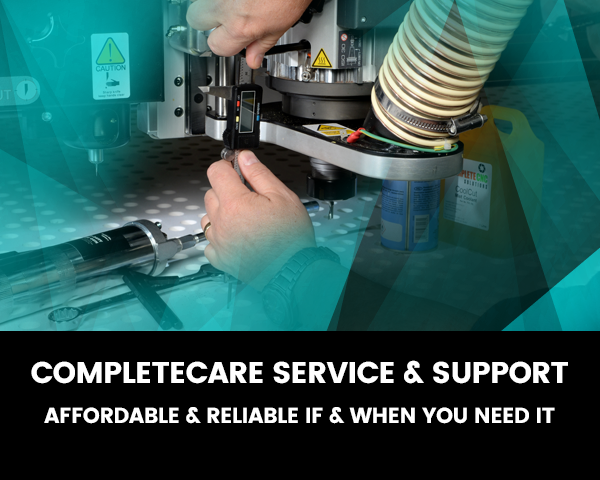
Tekcel Graphical User Interface
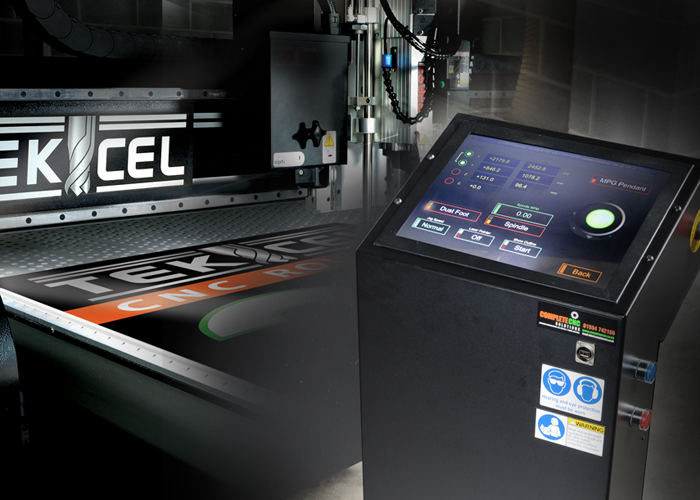
Unlock the World of Carving with CNC Routers!
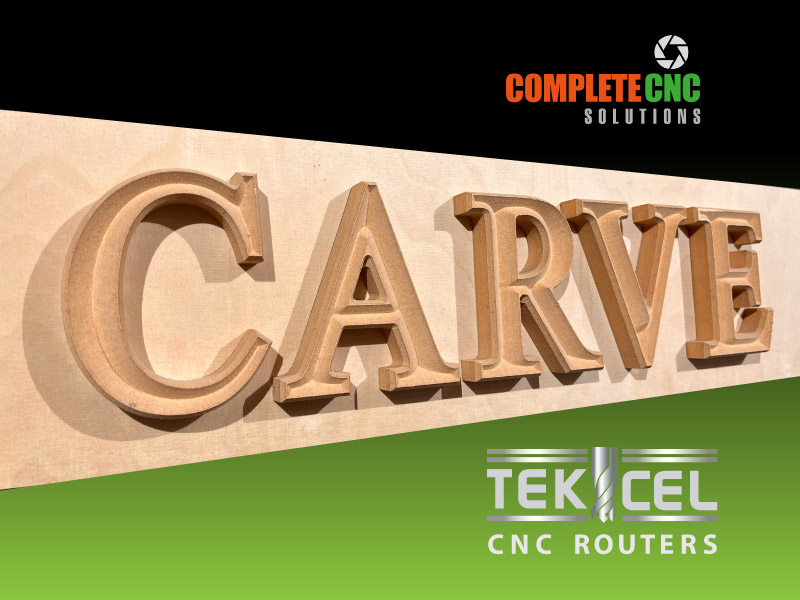
Can a CNC Router Carve Intricate Details? Yes!
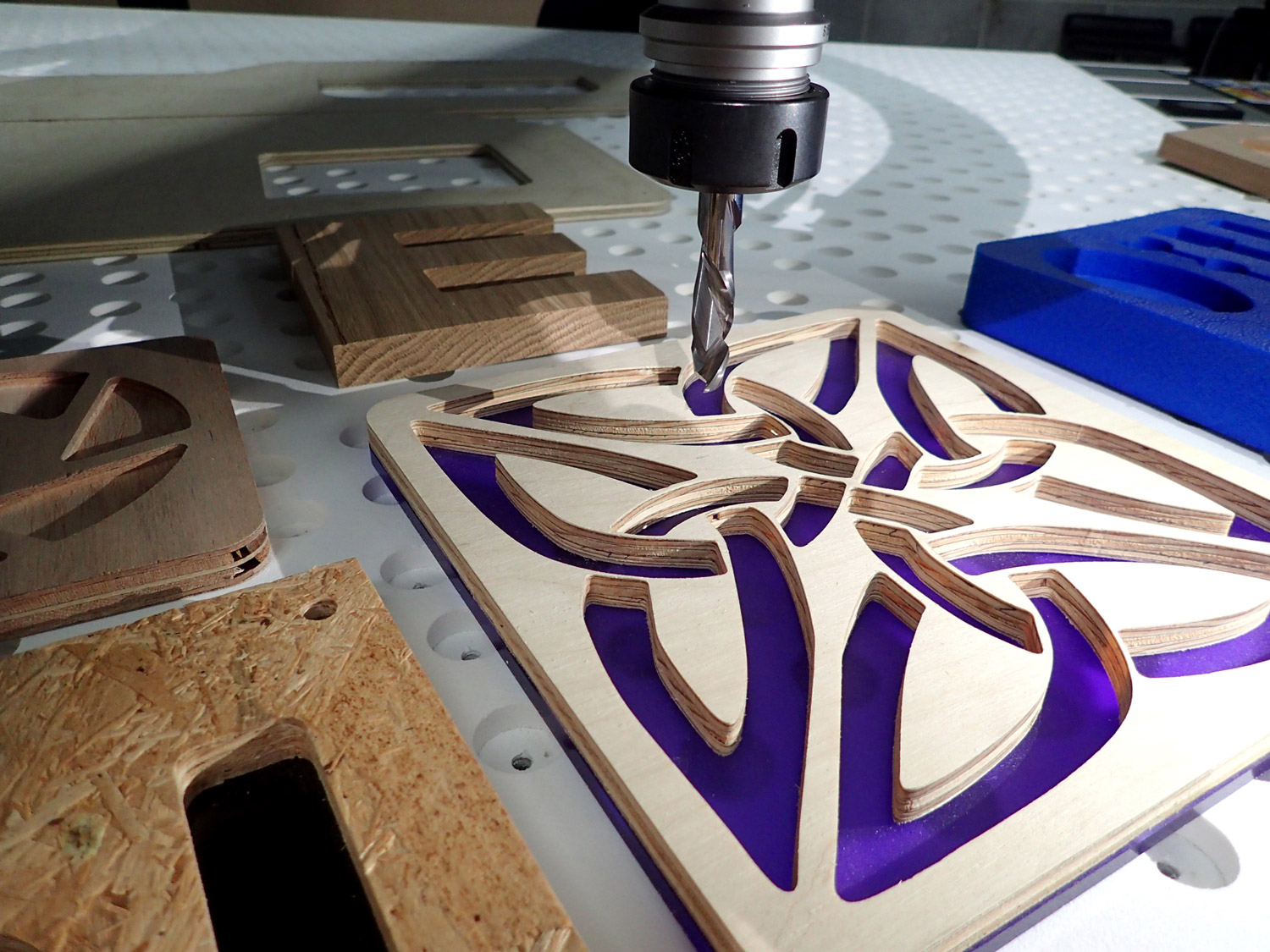
How a Tekcel CNC machine can provide value for your business
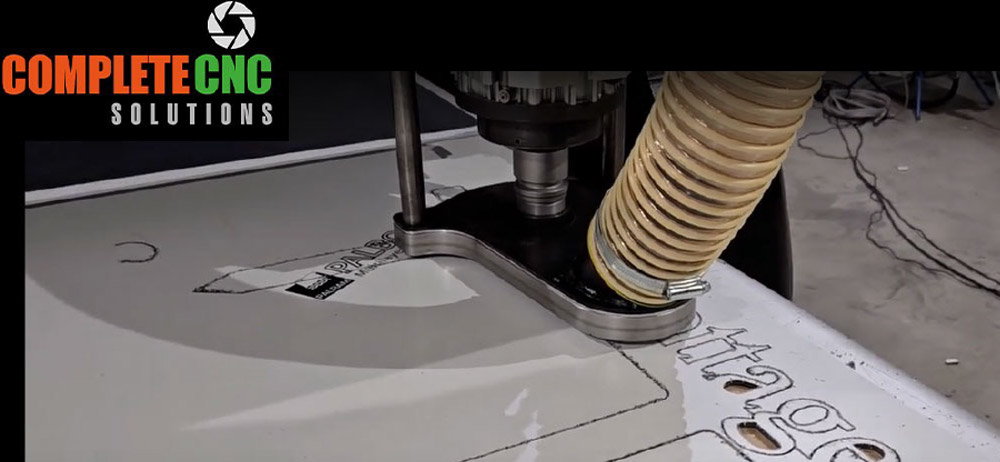
Elevating Point of Sale Production with CNC Machines
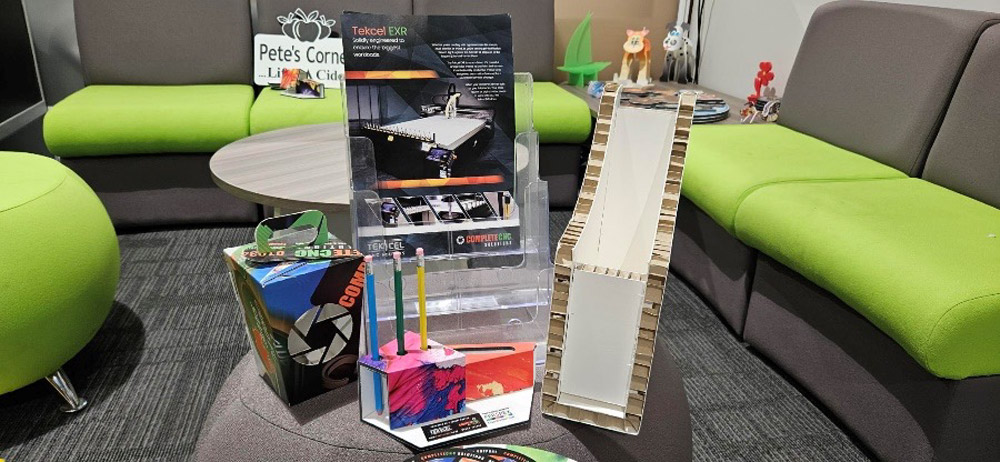
Why Sign Makers are Upgrading to CNC Cutting Machines

Hibernating Your CNC System During Lockdown.
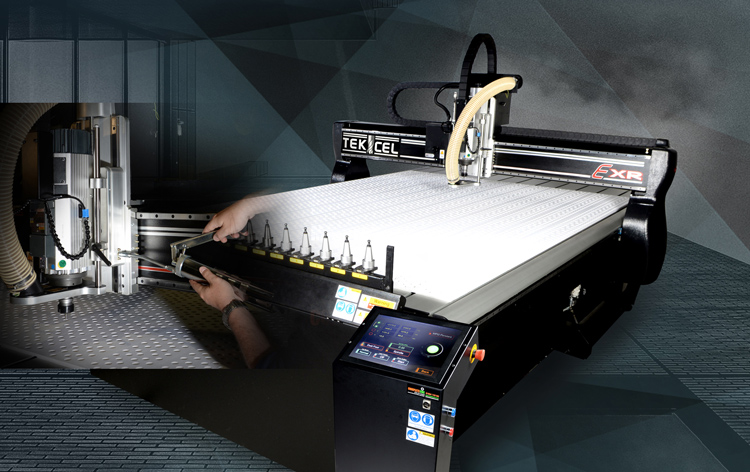
START BIG. GET BIGGER.
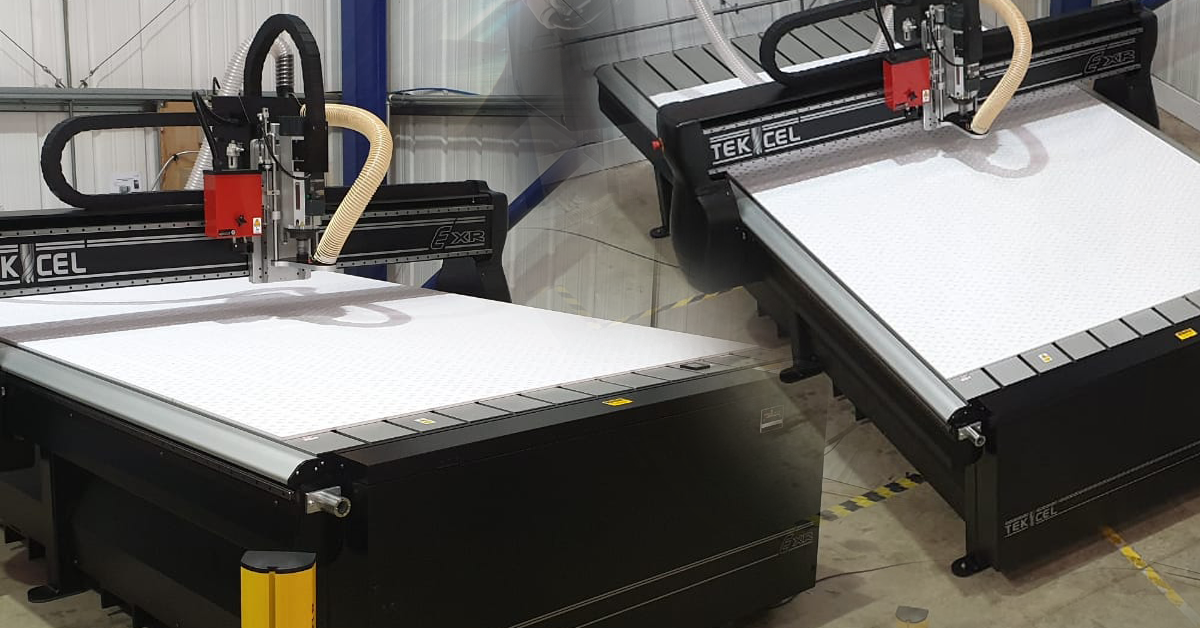
START WITH THE FINISH. FINISH WITH A PROFIT.
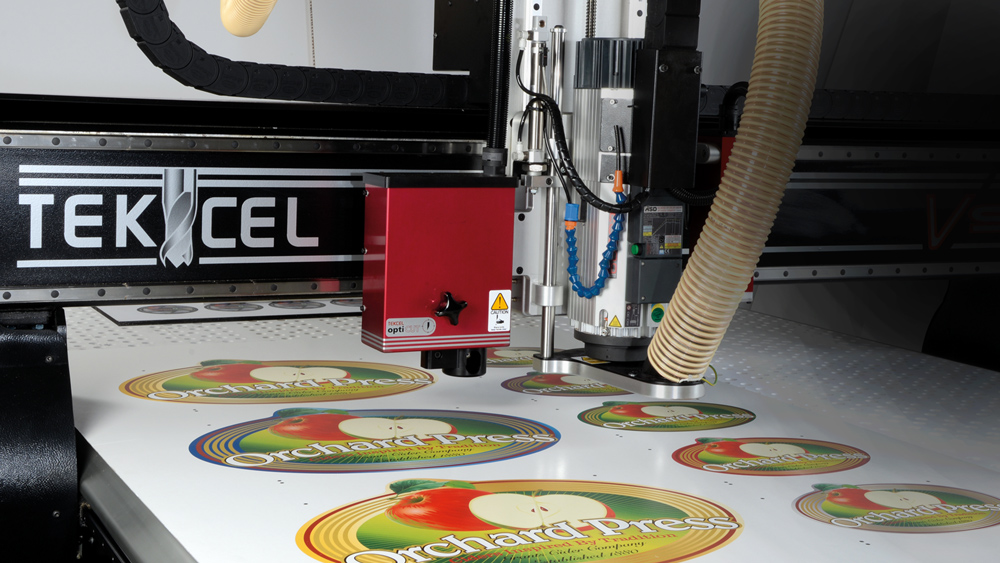
HEAVY METAL. LIGHT WORK.

MAKE MORE WITH CORREX

HOW SHOULD I APPROACH CUTTING OF SOLID SURFACE MATERIALS, CORIAN, AVONITE, THAT KIND OF THING?
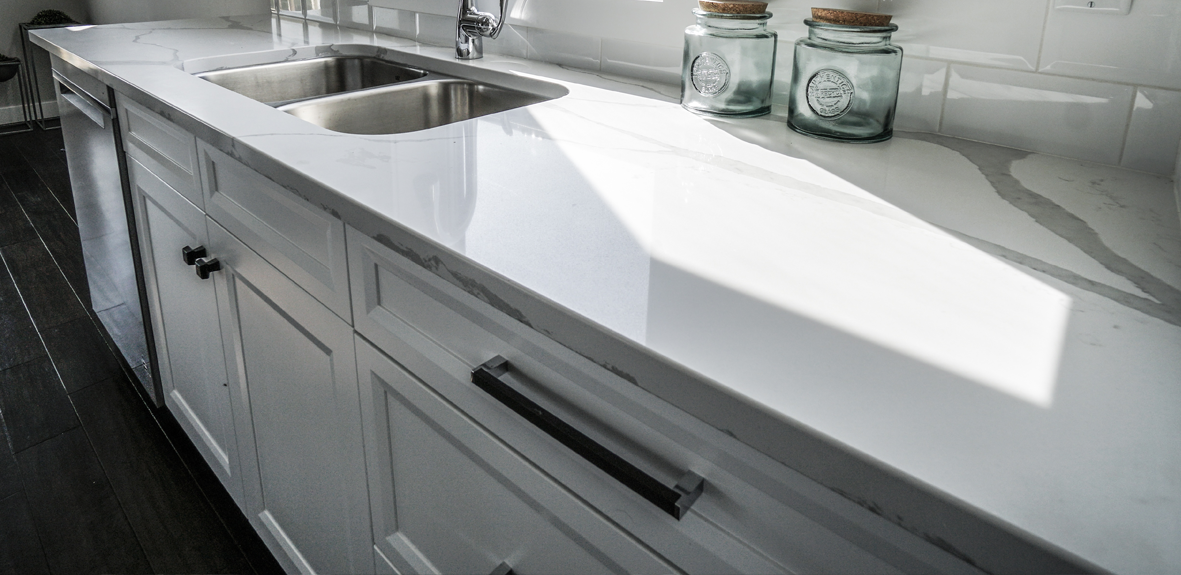
Achieving good results when you’re routing Woods, MDF, Laminates or Ply
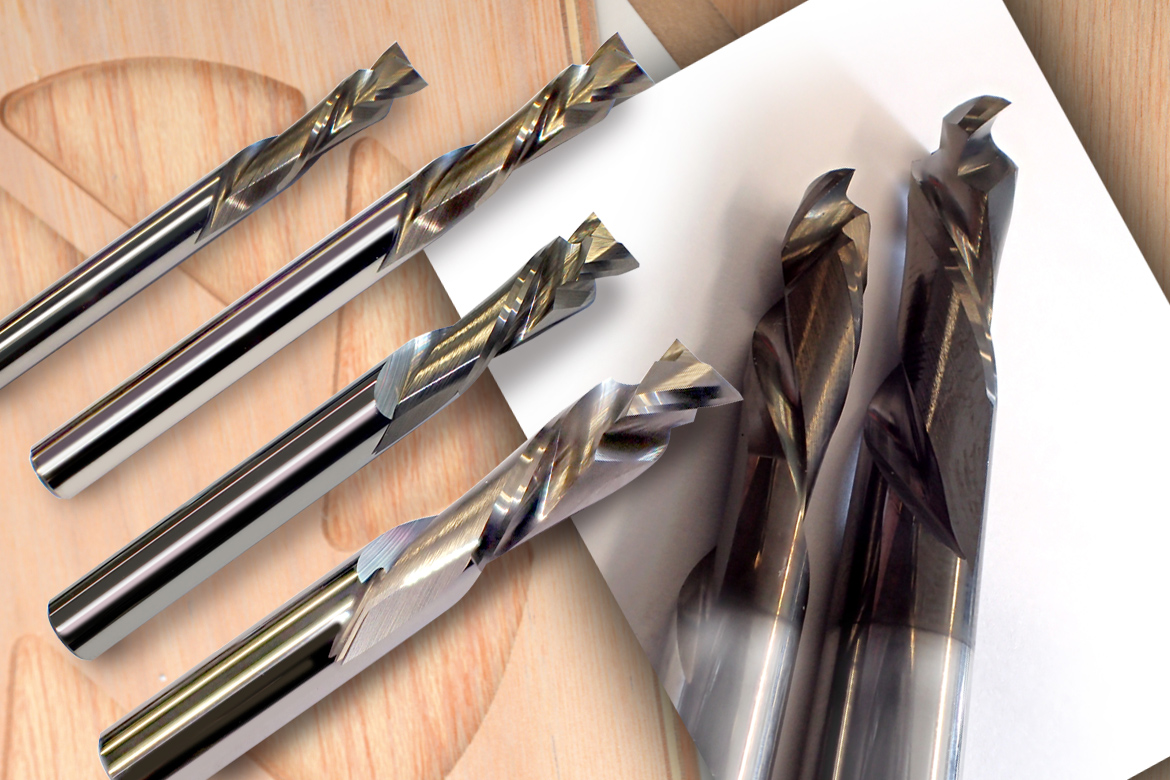
HOW DO I GET THE BEST RESULTS POSSIBLE WHEN I’M CUTTING ACM ON MY CNC ROUTER?

HOW CAN I GROW MY SIGNAGE AND GRAPHICS BUSINESS?
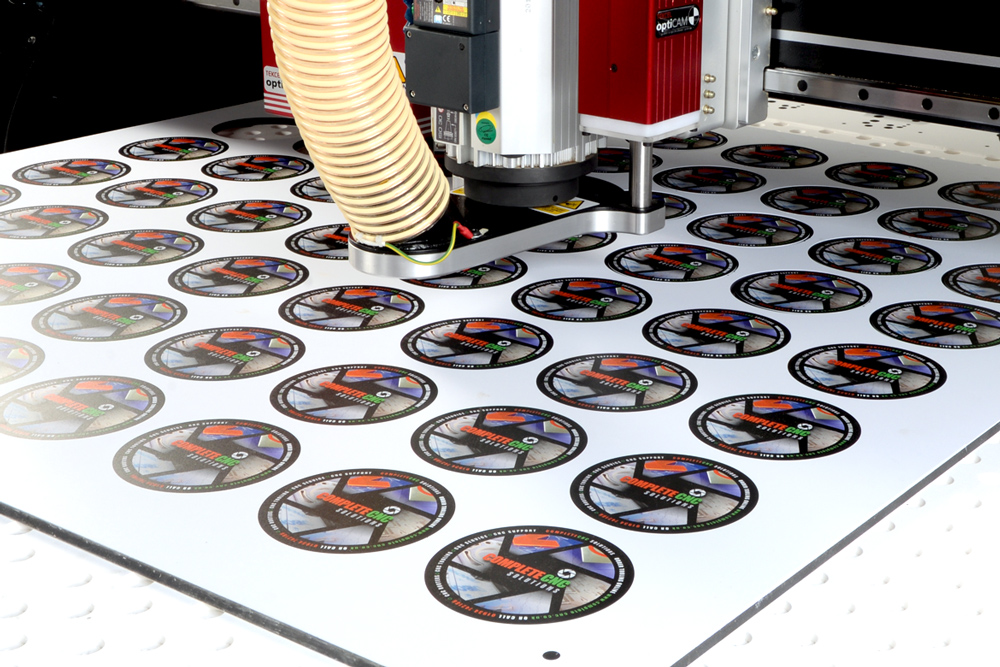
HOW CAN I REDUCE THE TIME I SPEND POLISHING THE EDGE ON THE OUTPUT FROM MY CNC ROUTER?
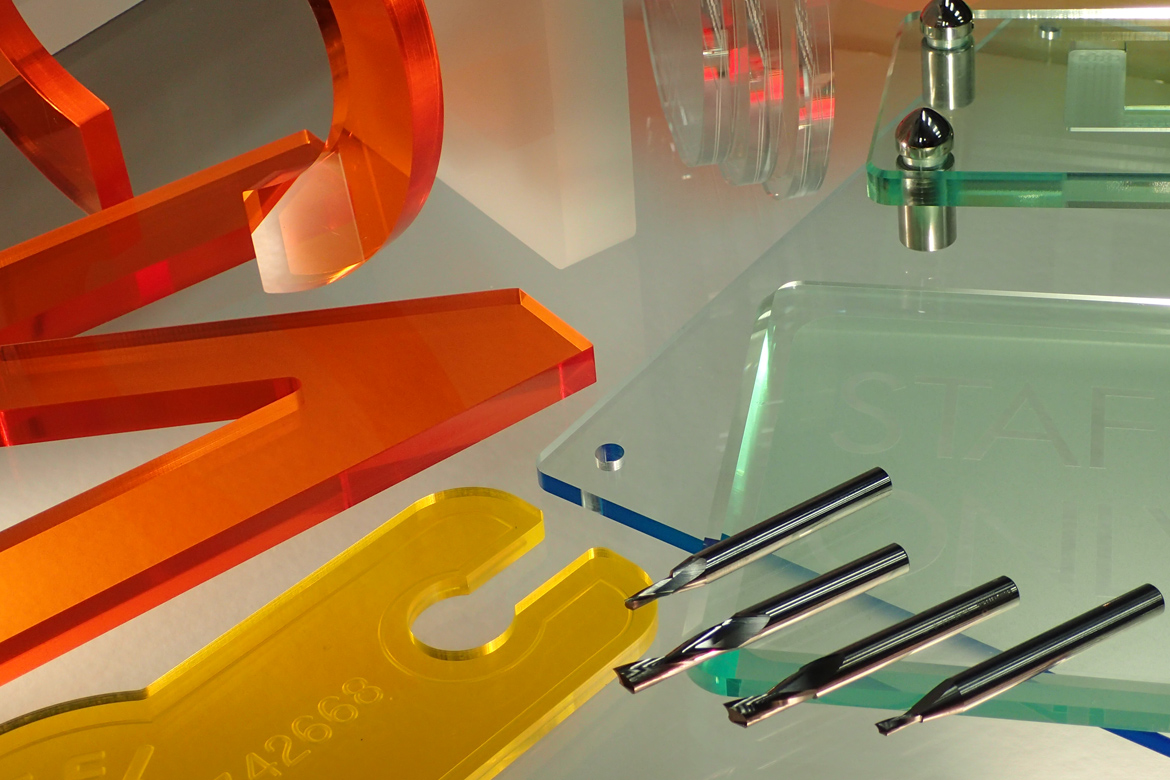
THE FLATTER THE BETTER
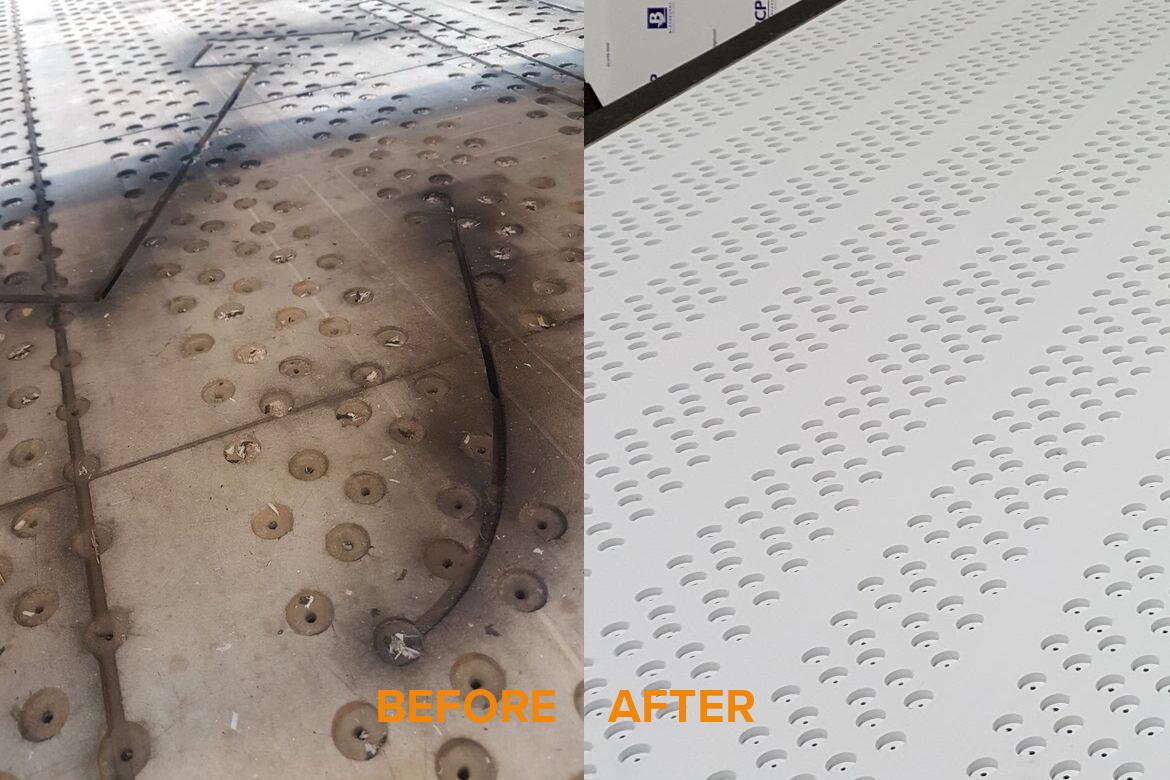
IS MY BUSINESS READY TO BUY A CNC ROUTER?

HEARD AT A TRADE SHOW
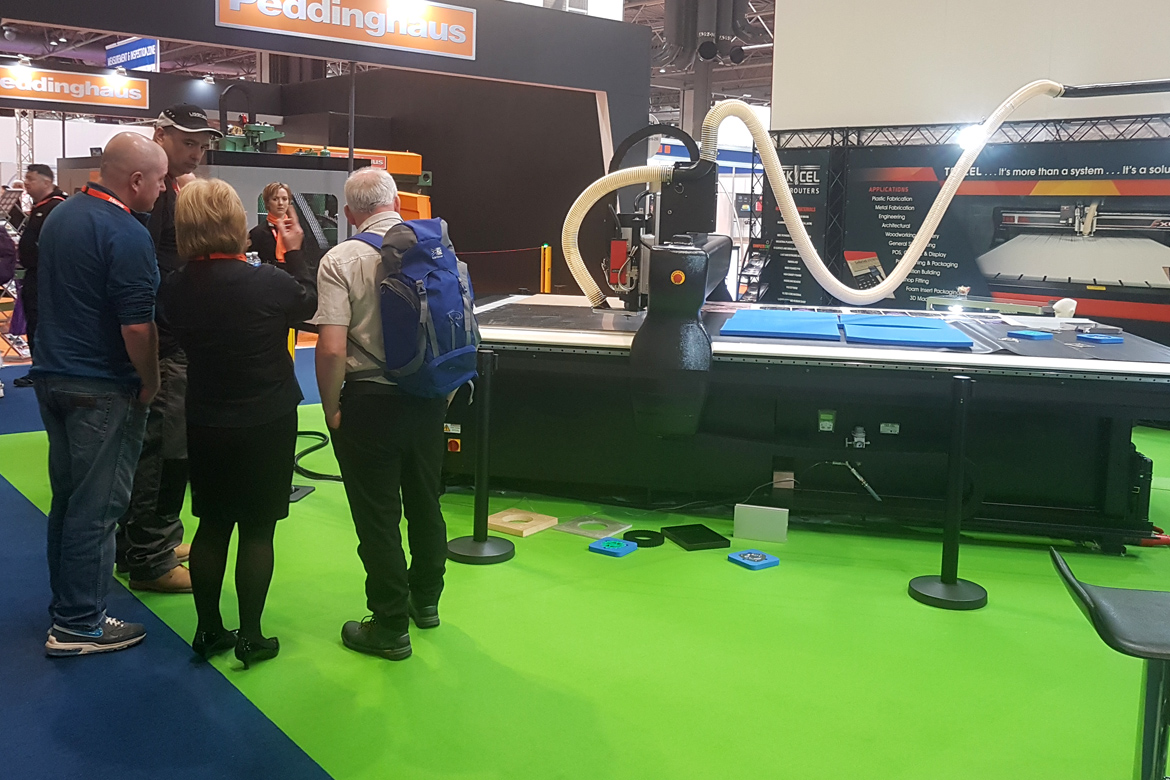
THE IMPORTANCE OF CHANGING CNC ROUTER COLLETS REGULARLY
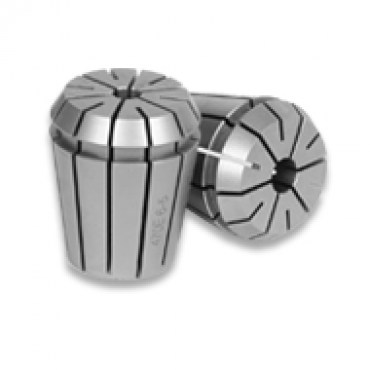
WITH YOU ALL THE WAY
